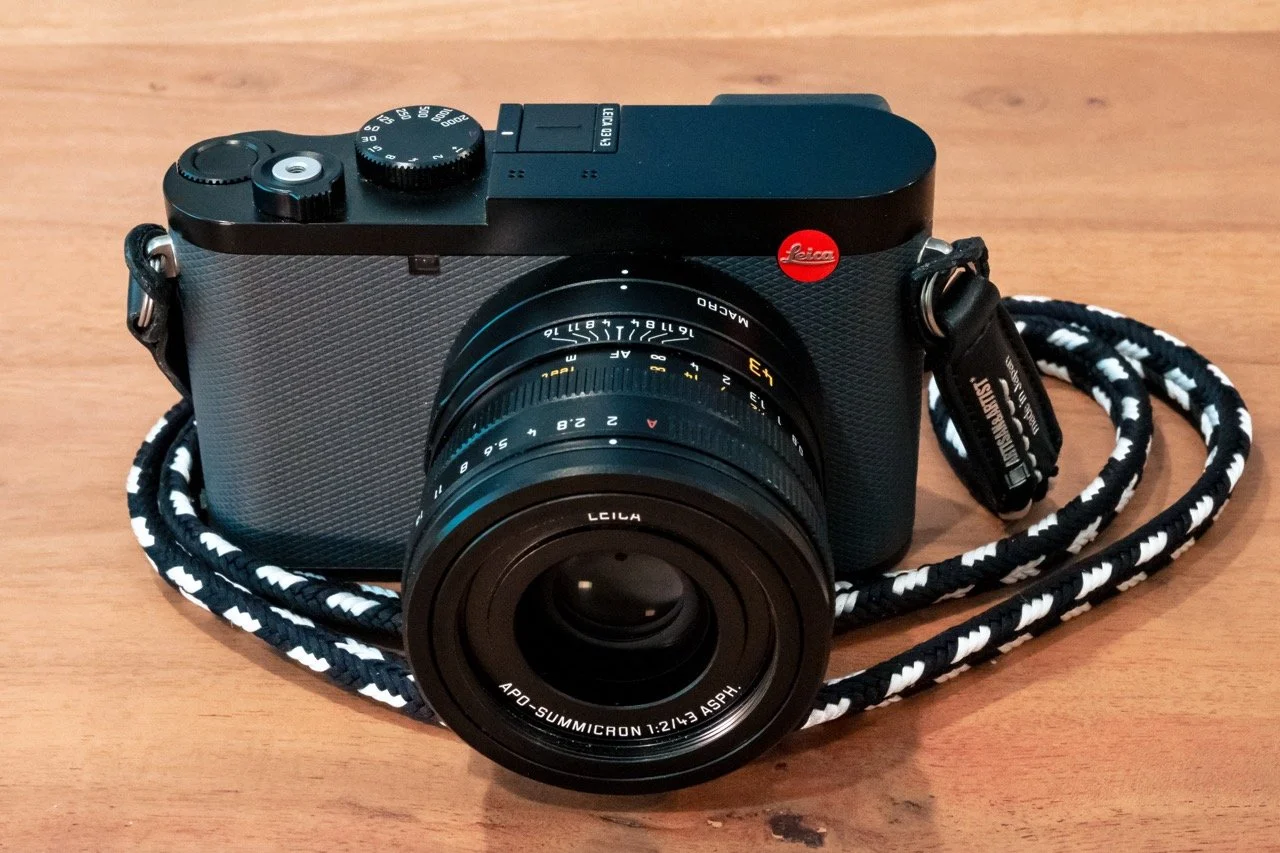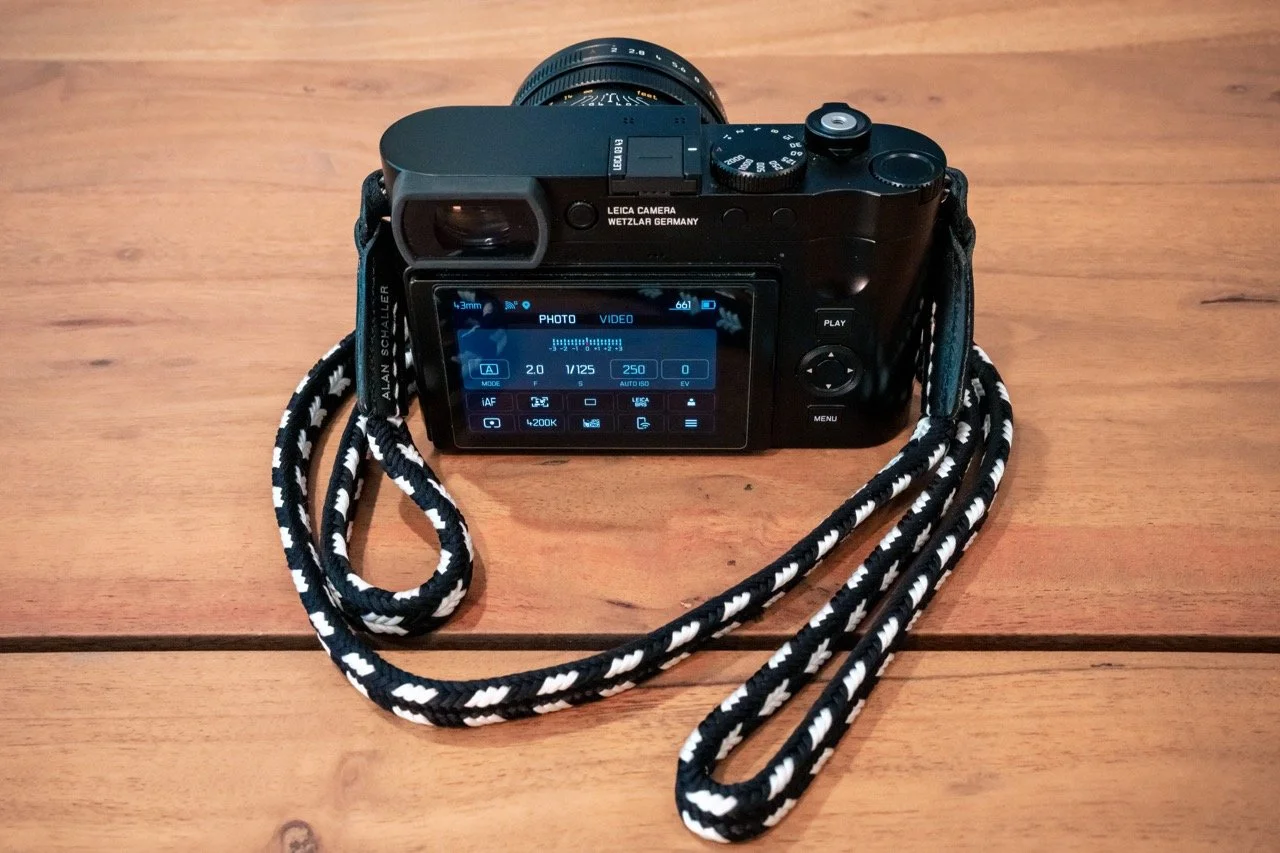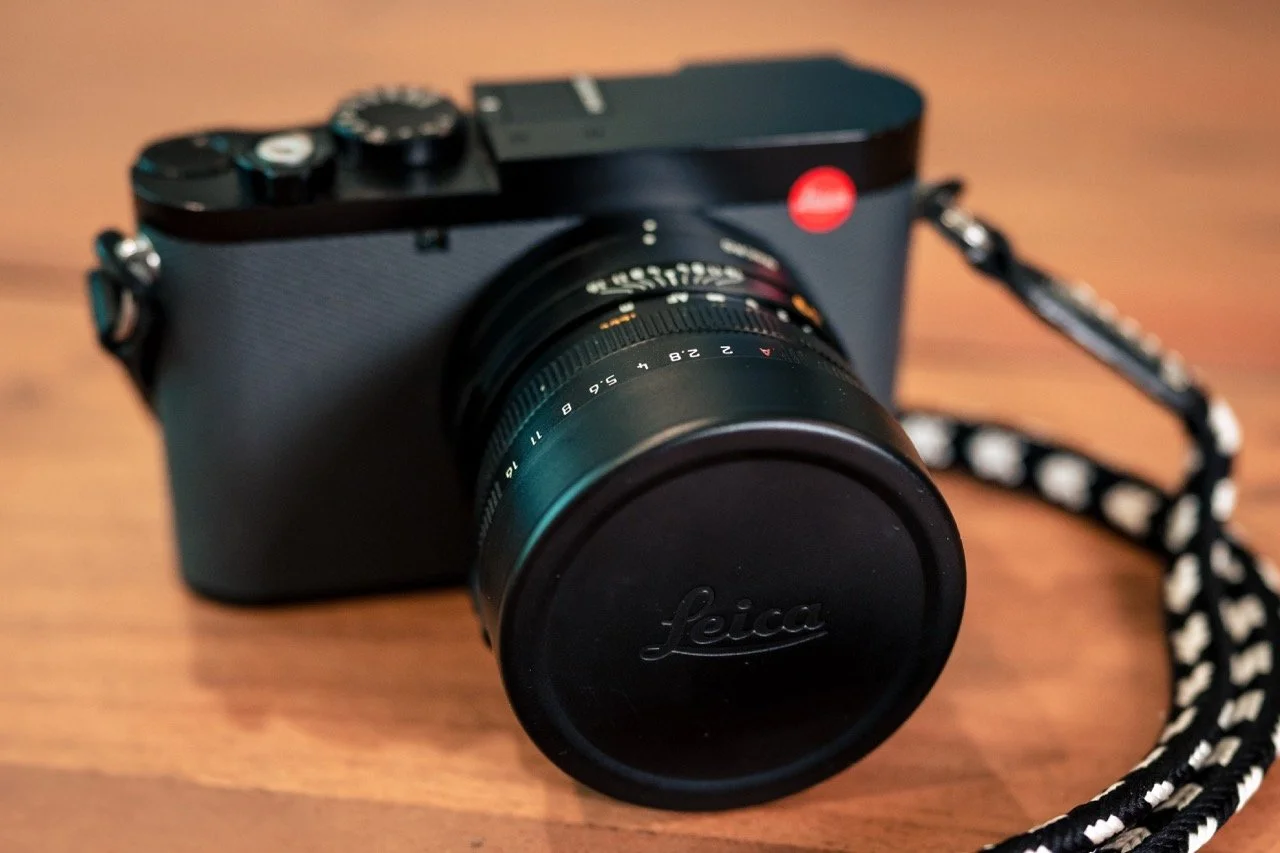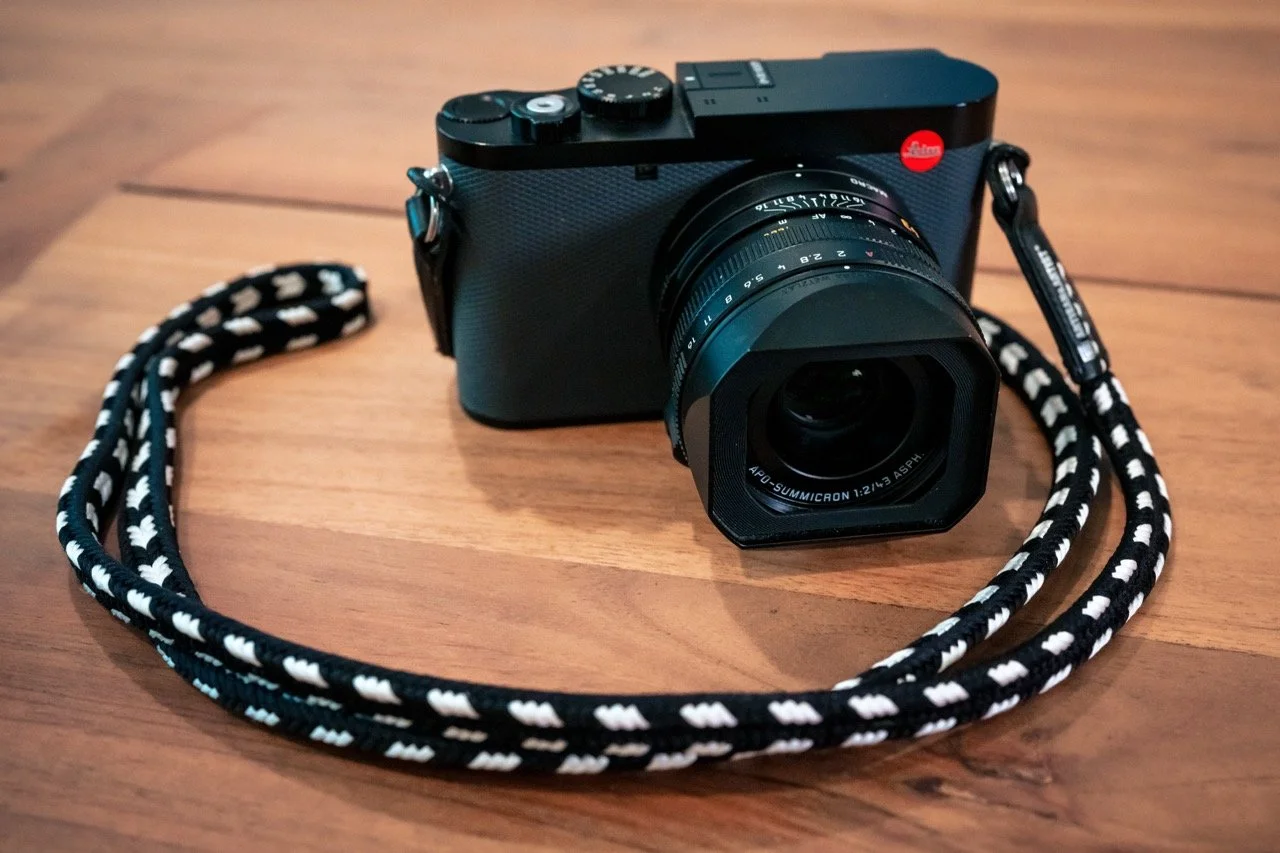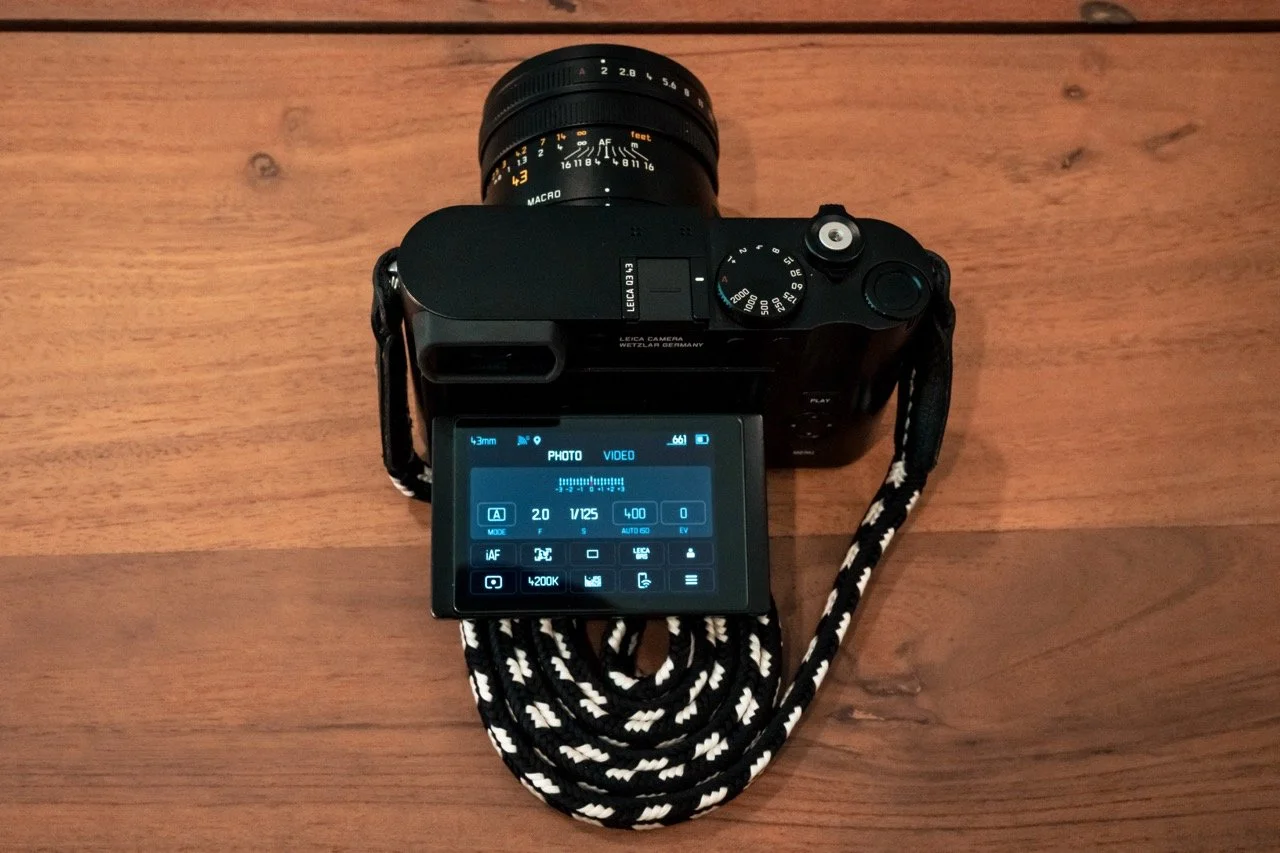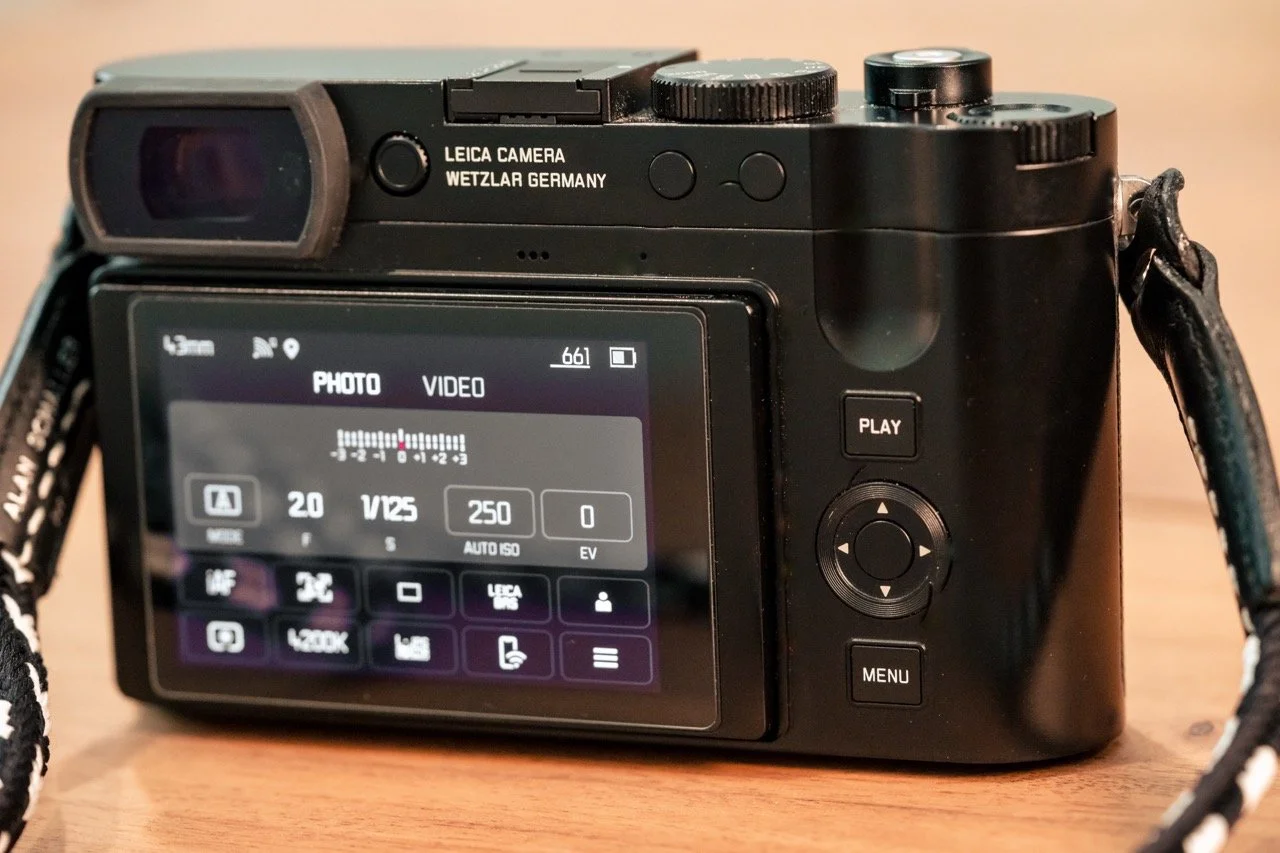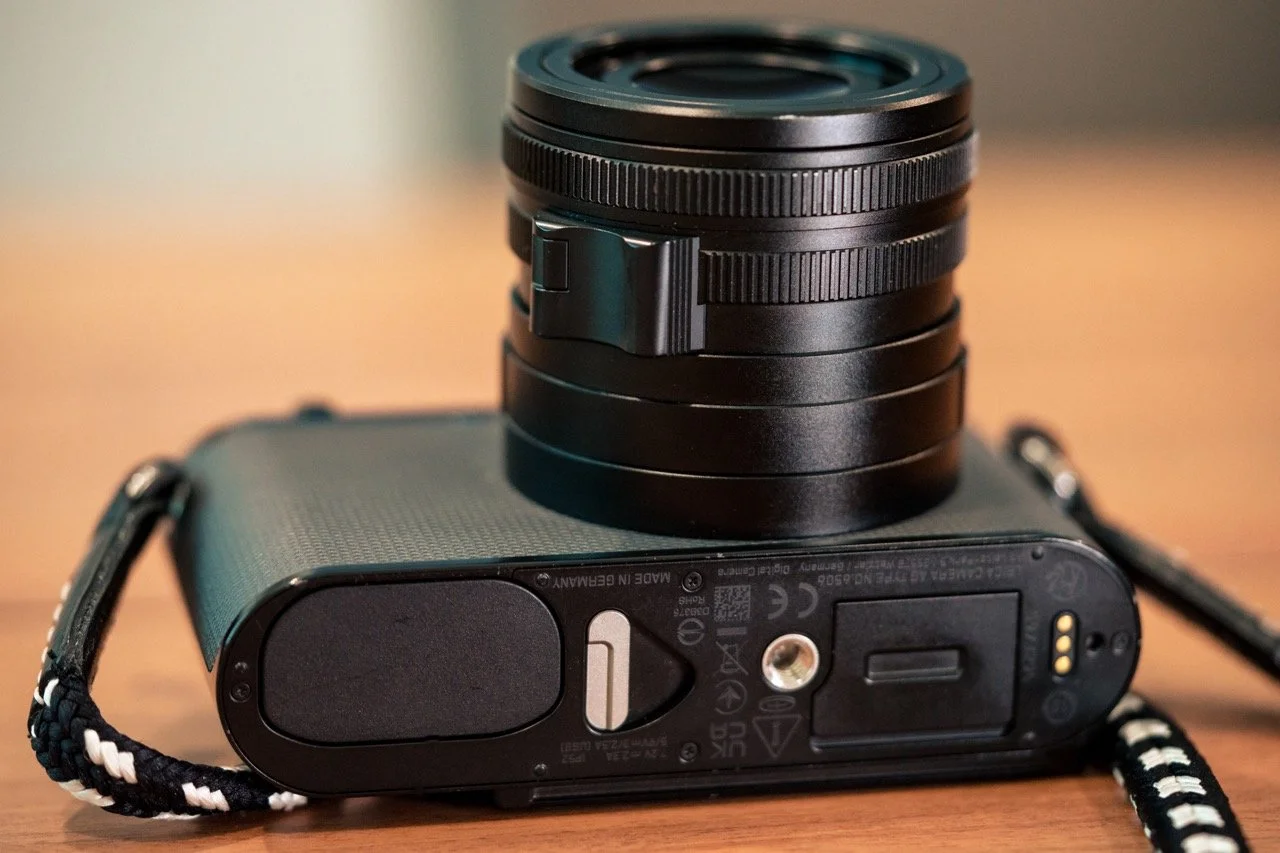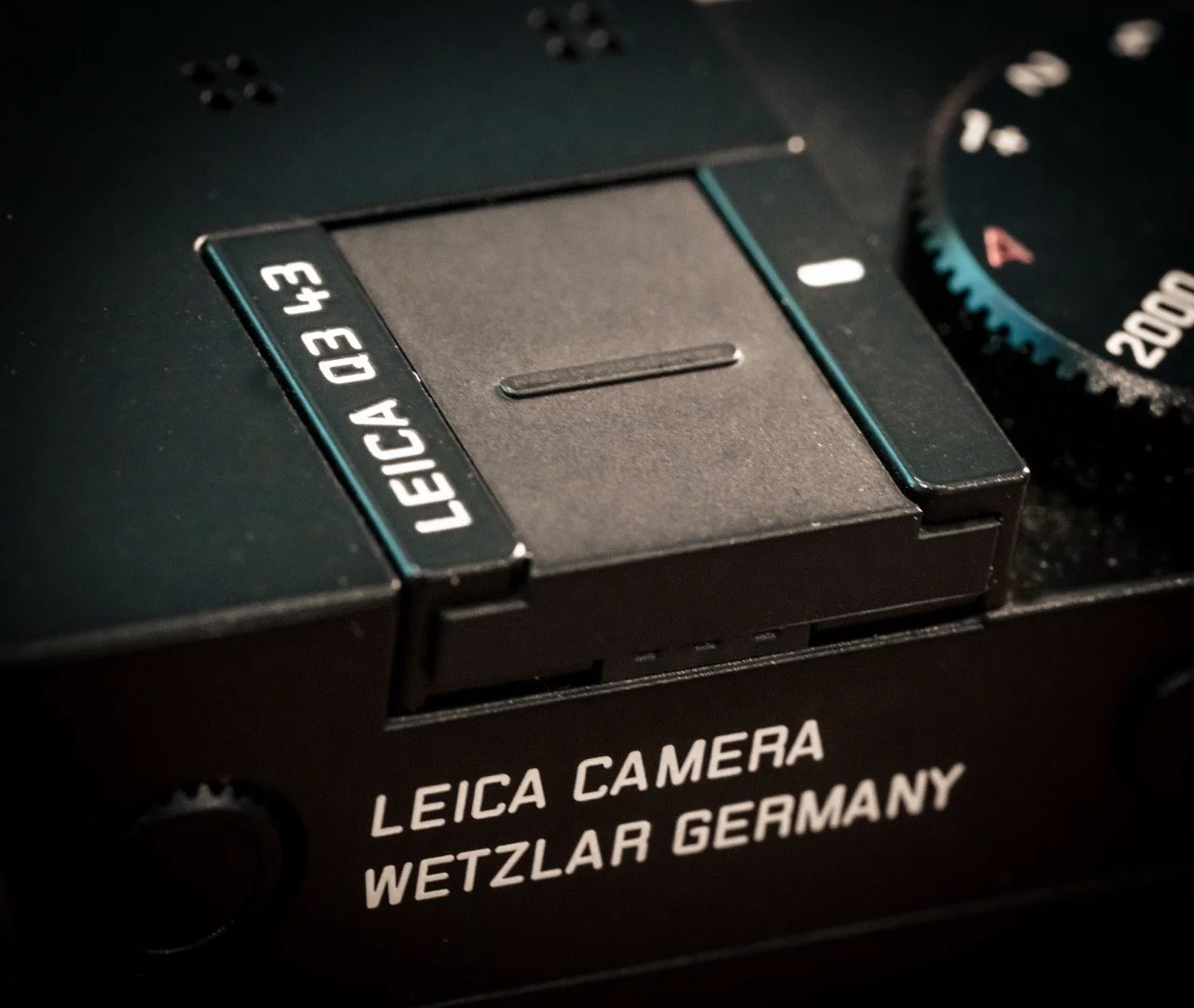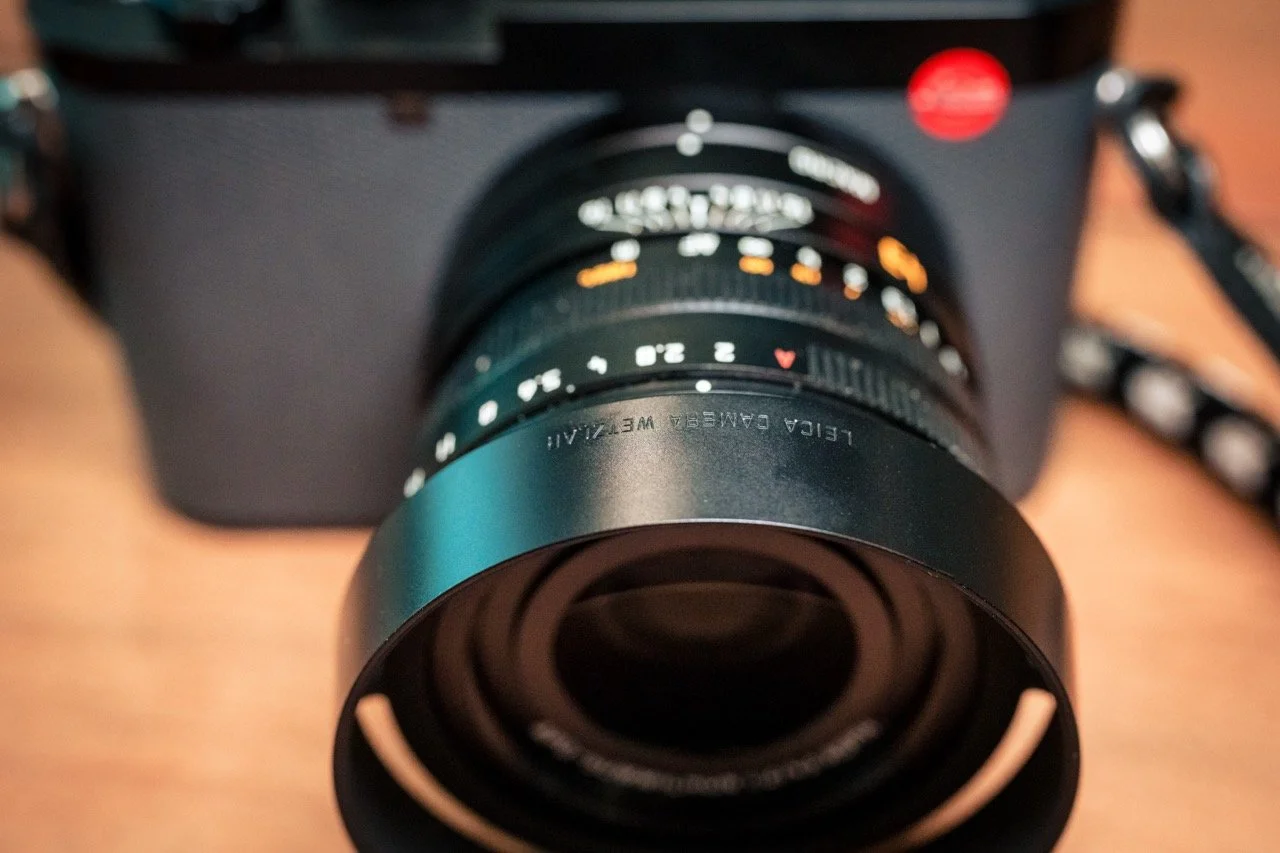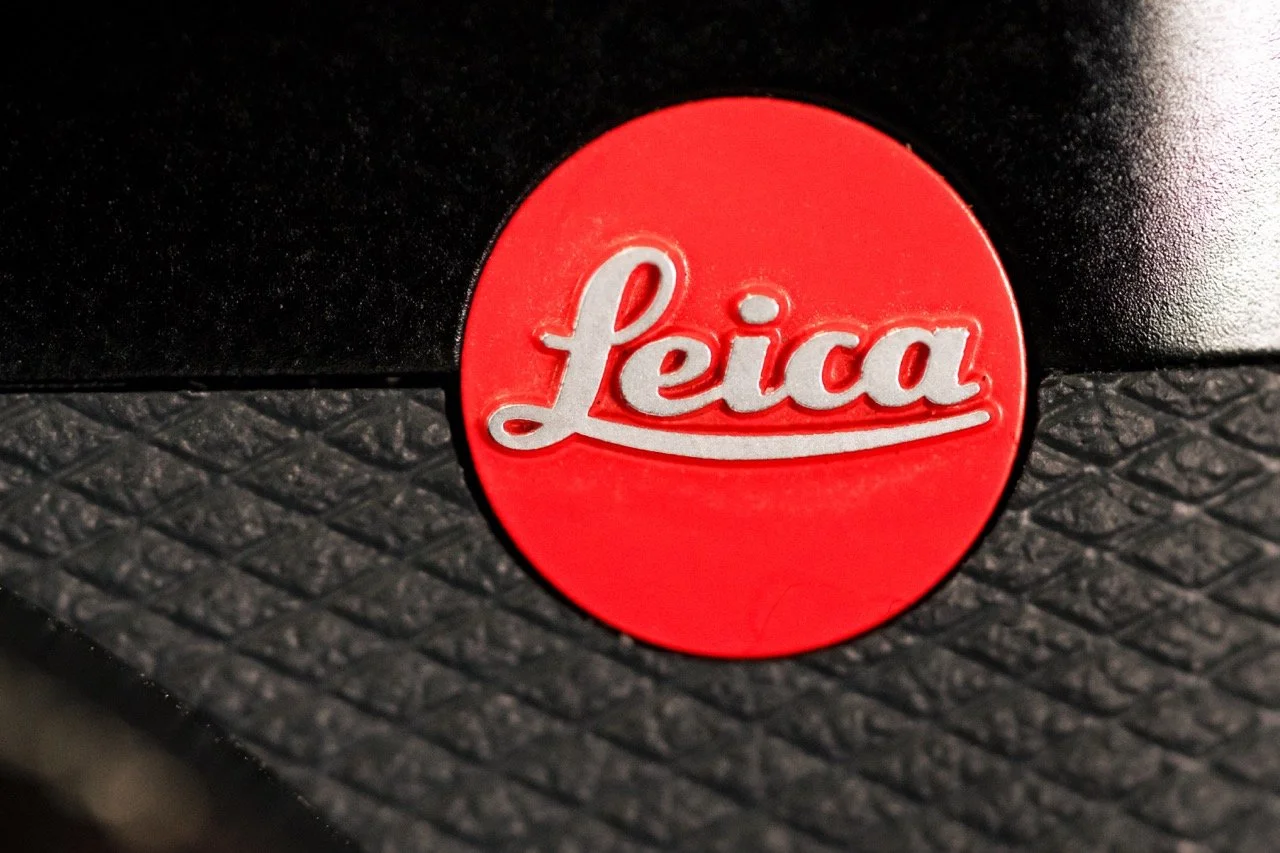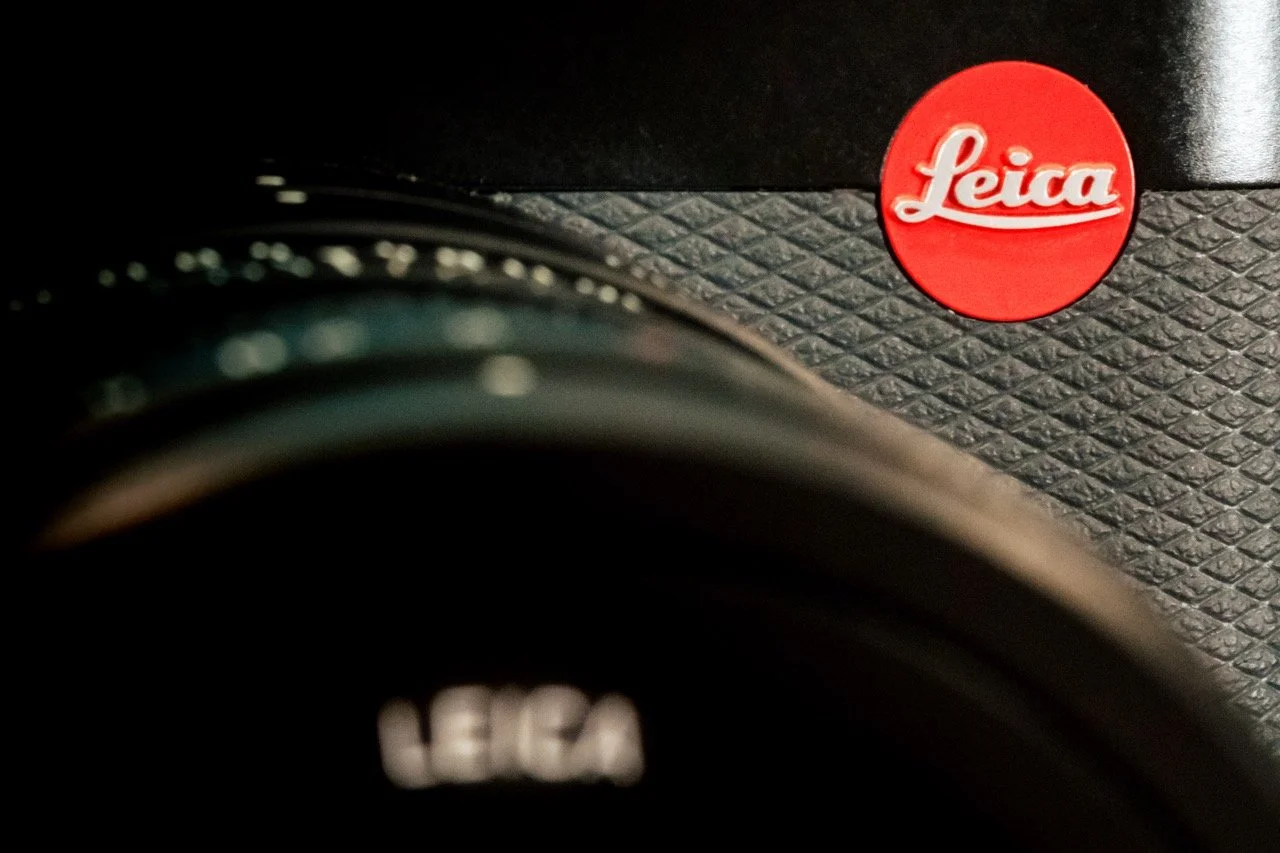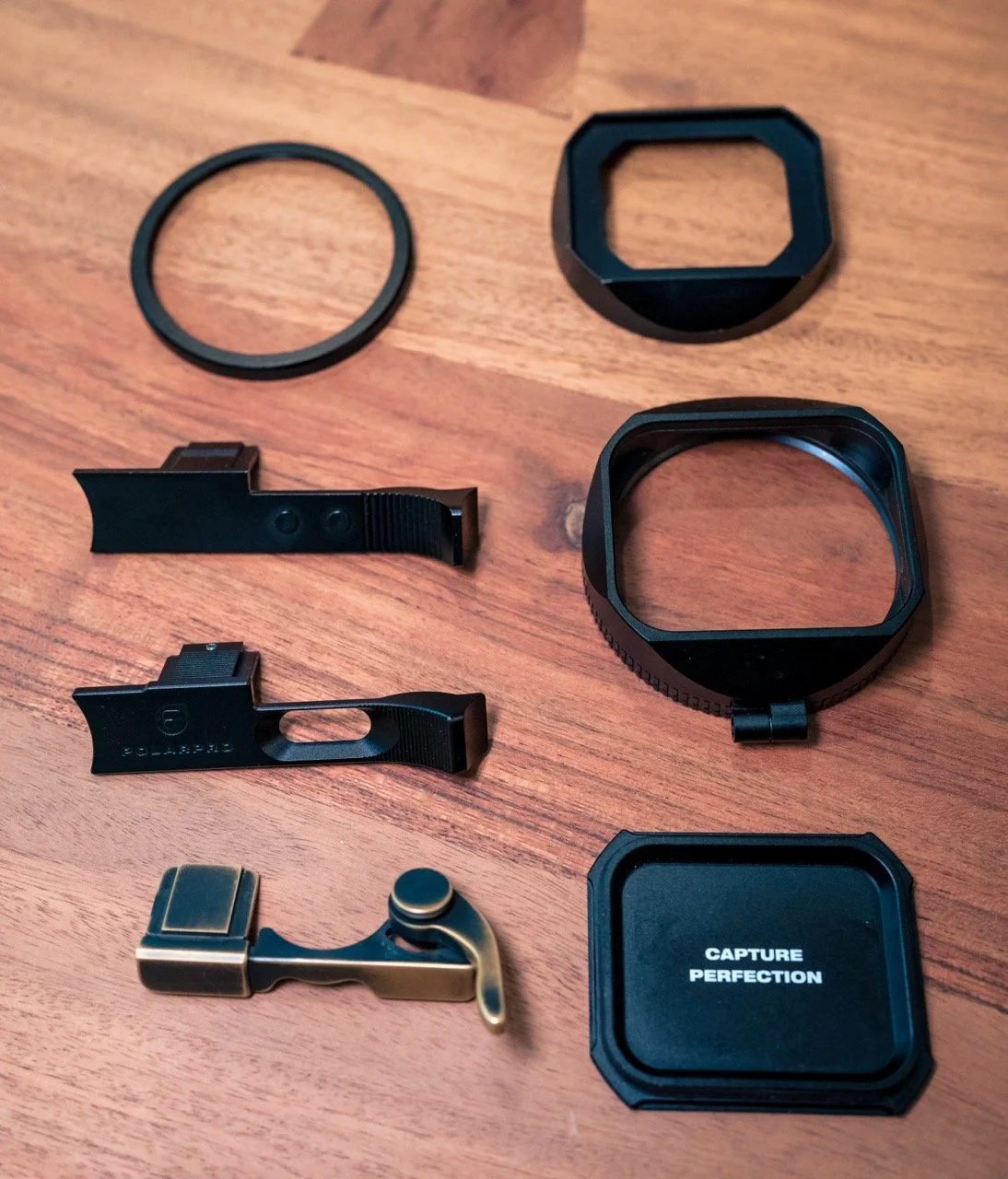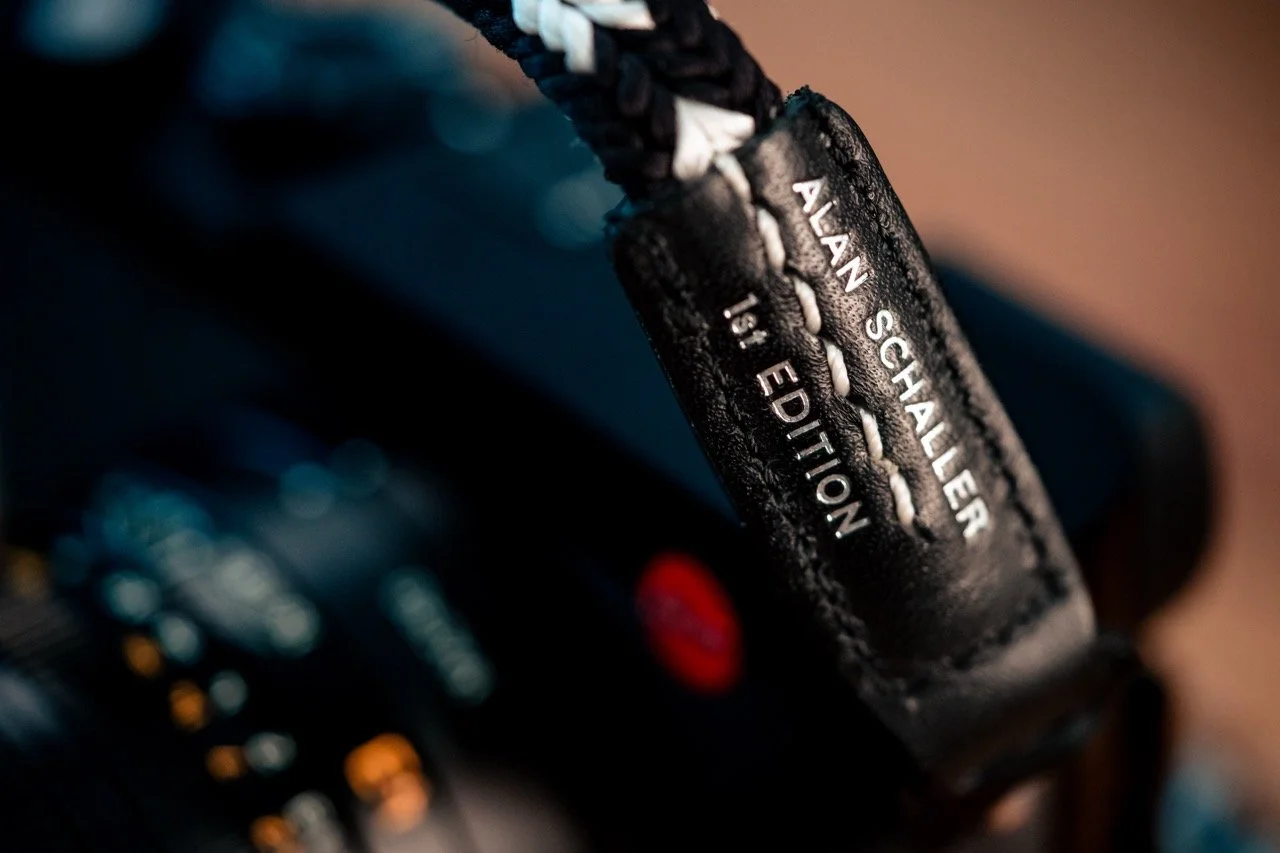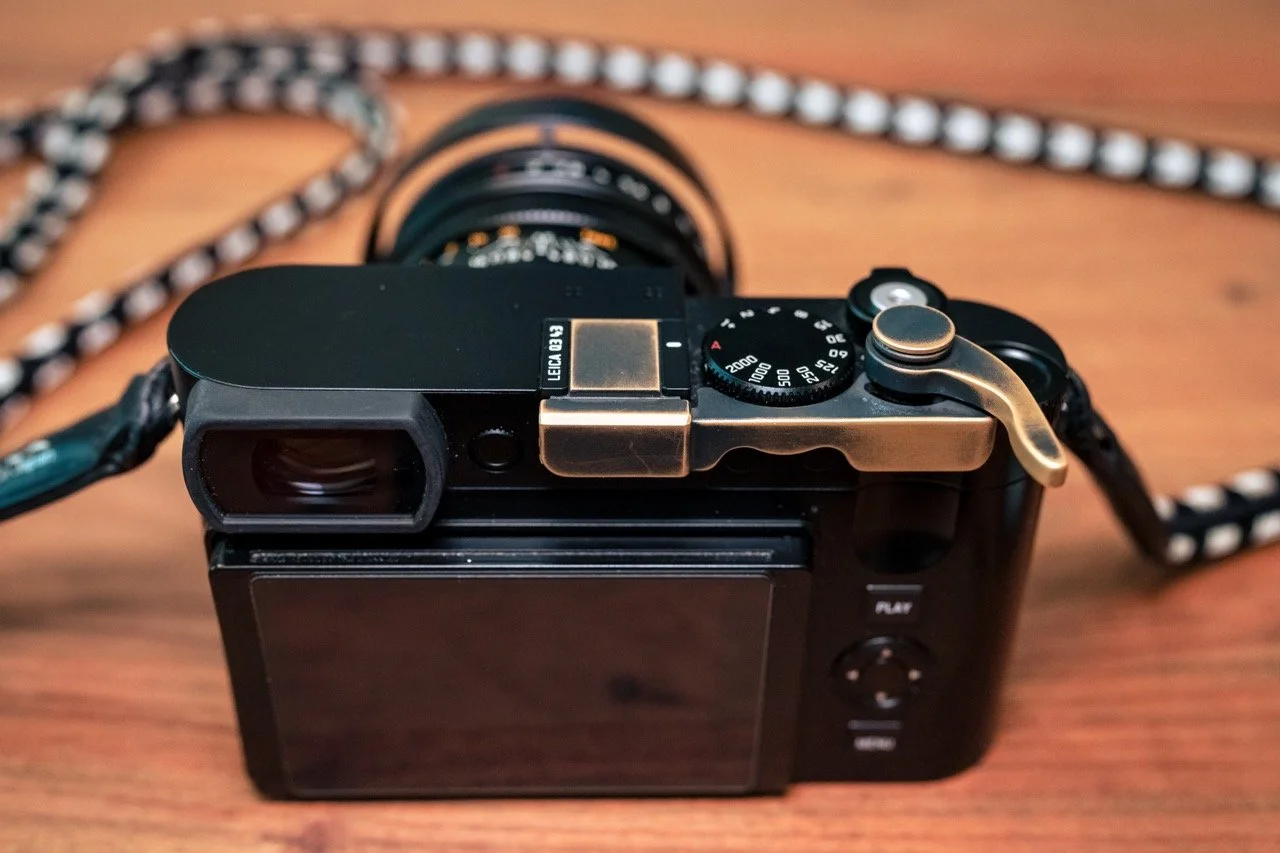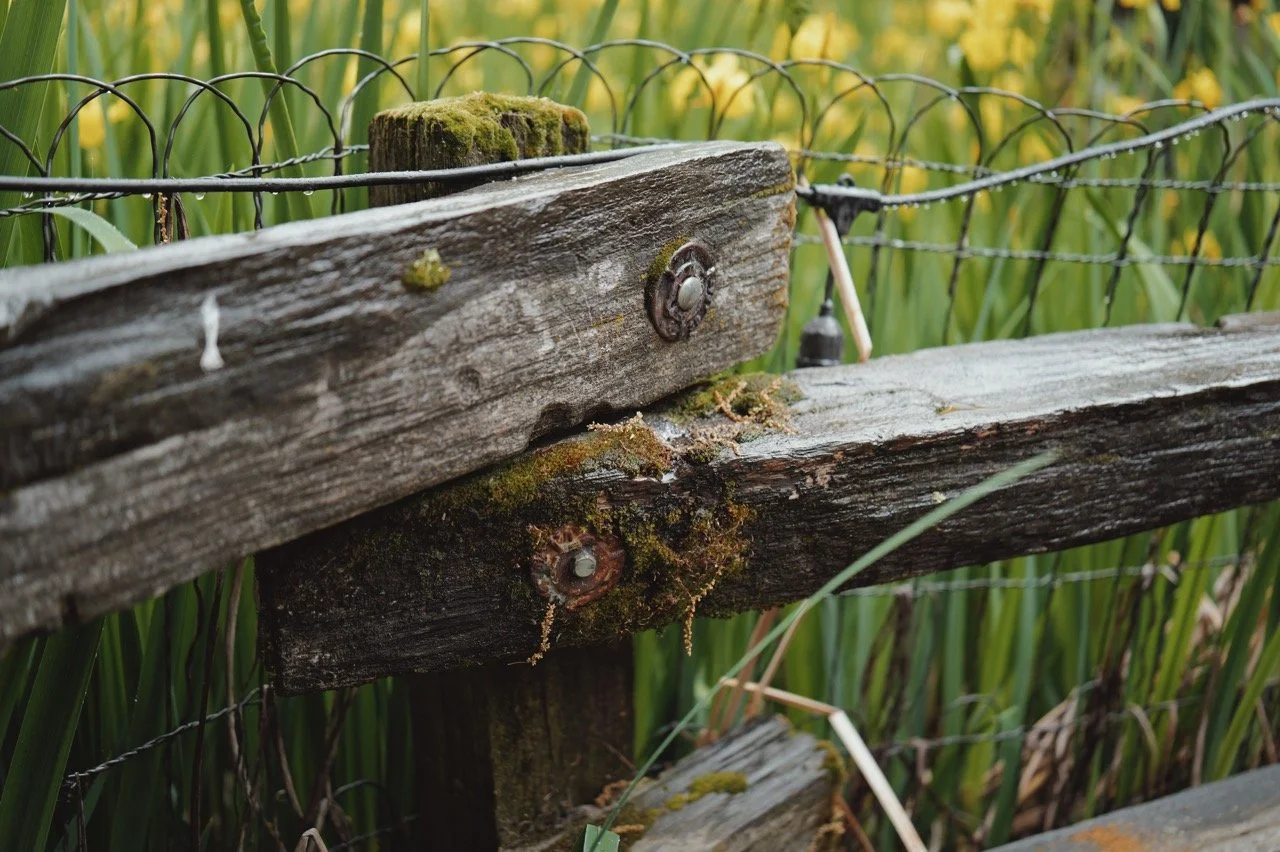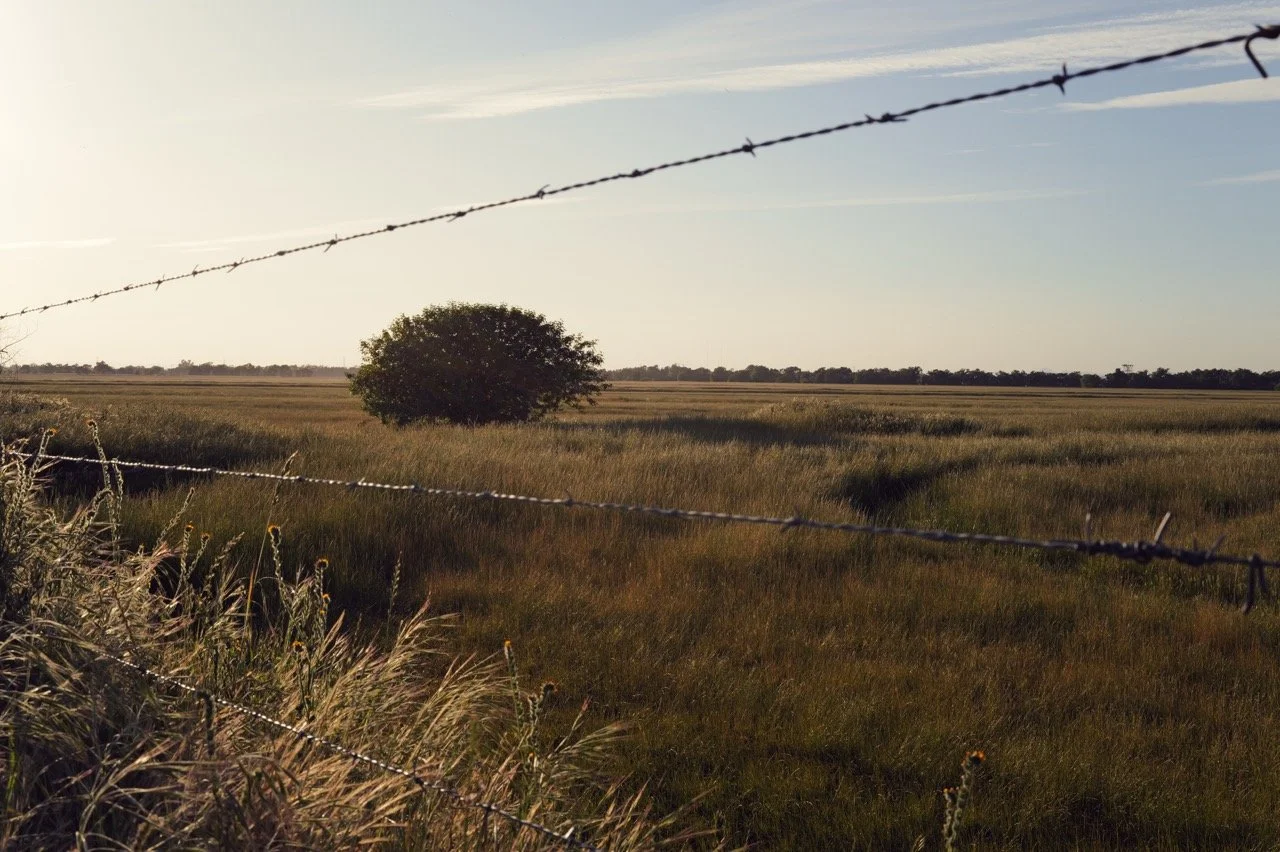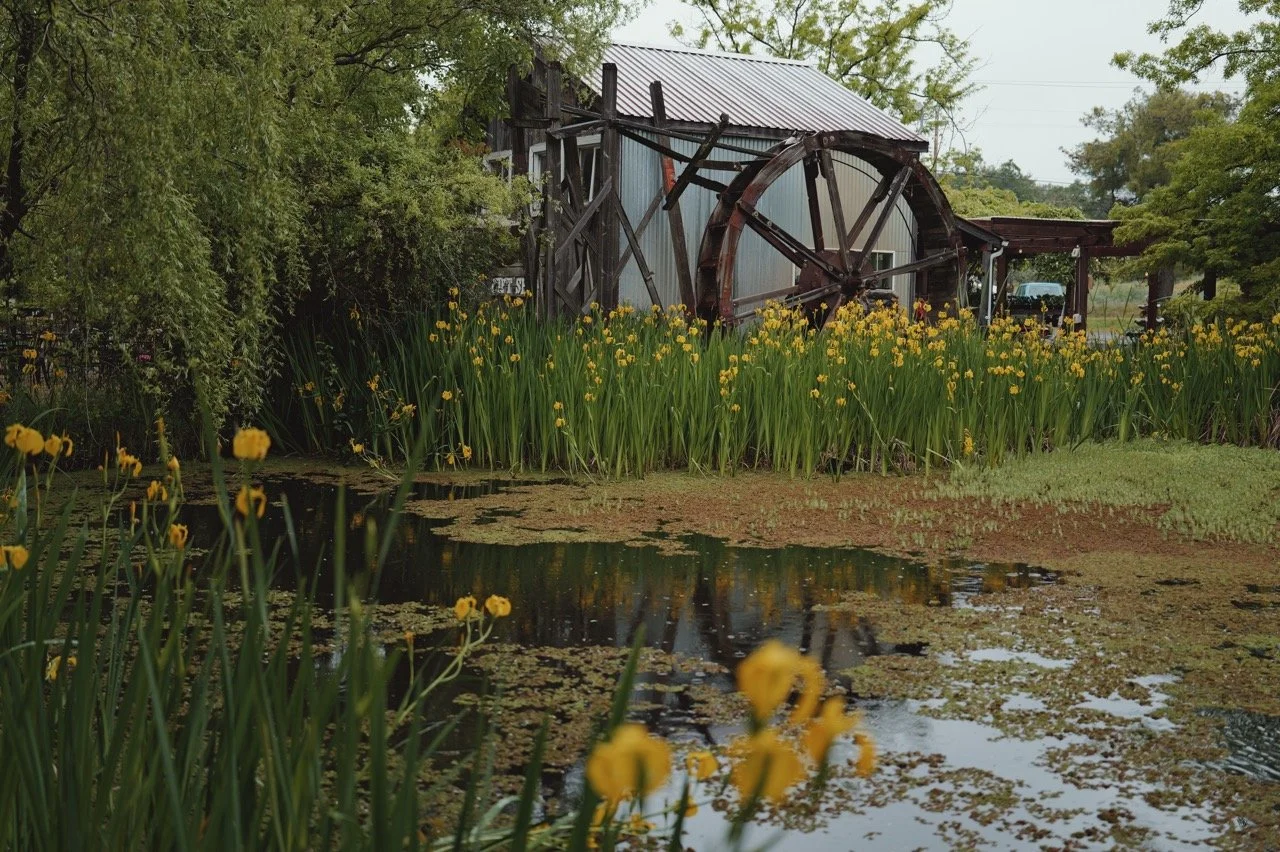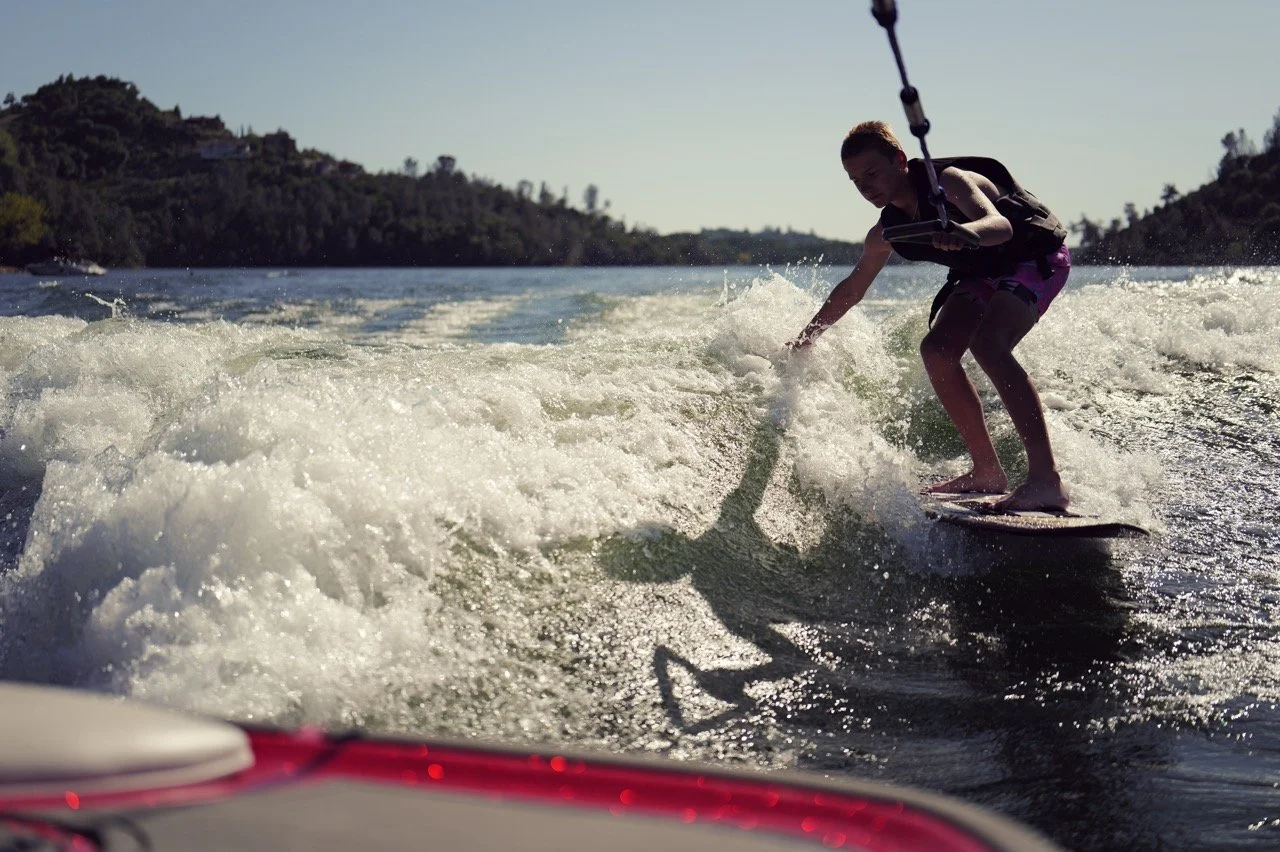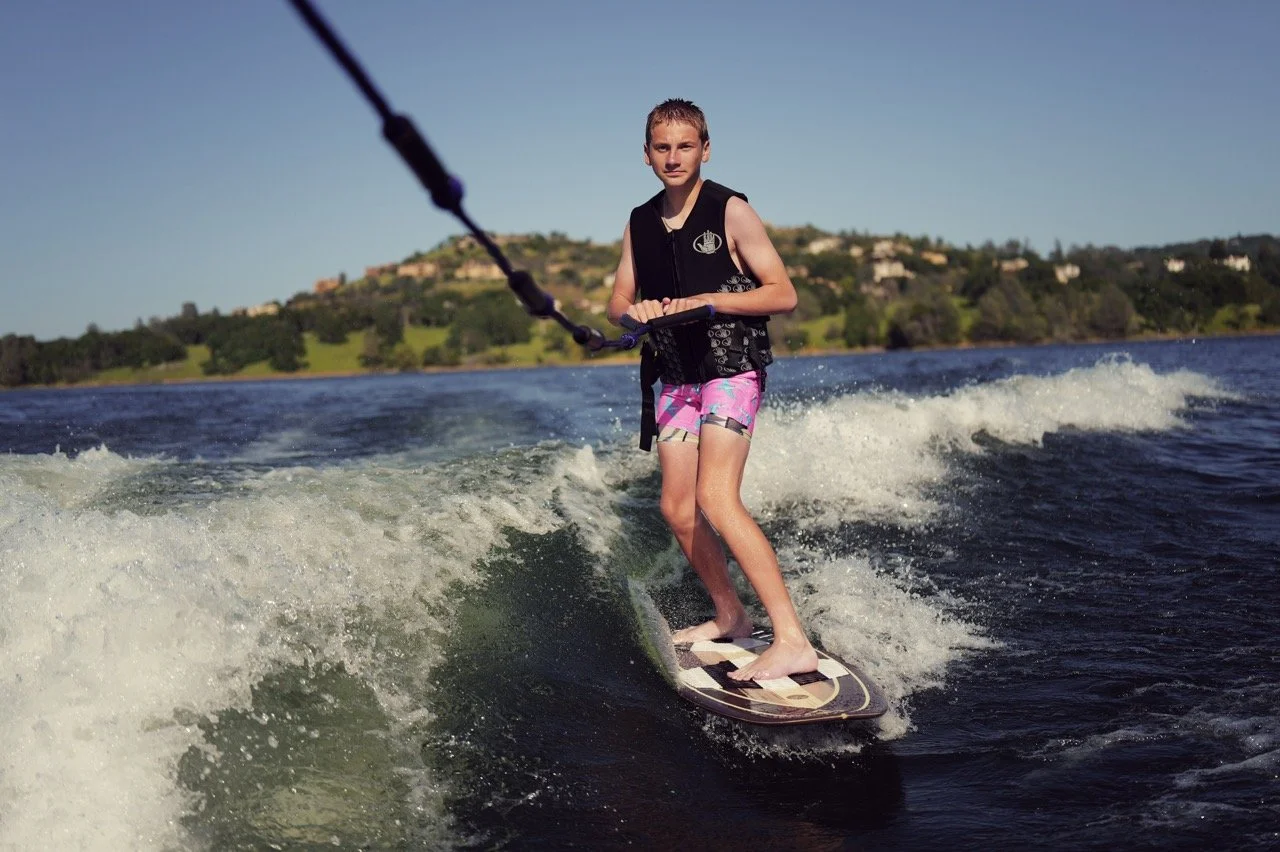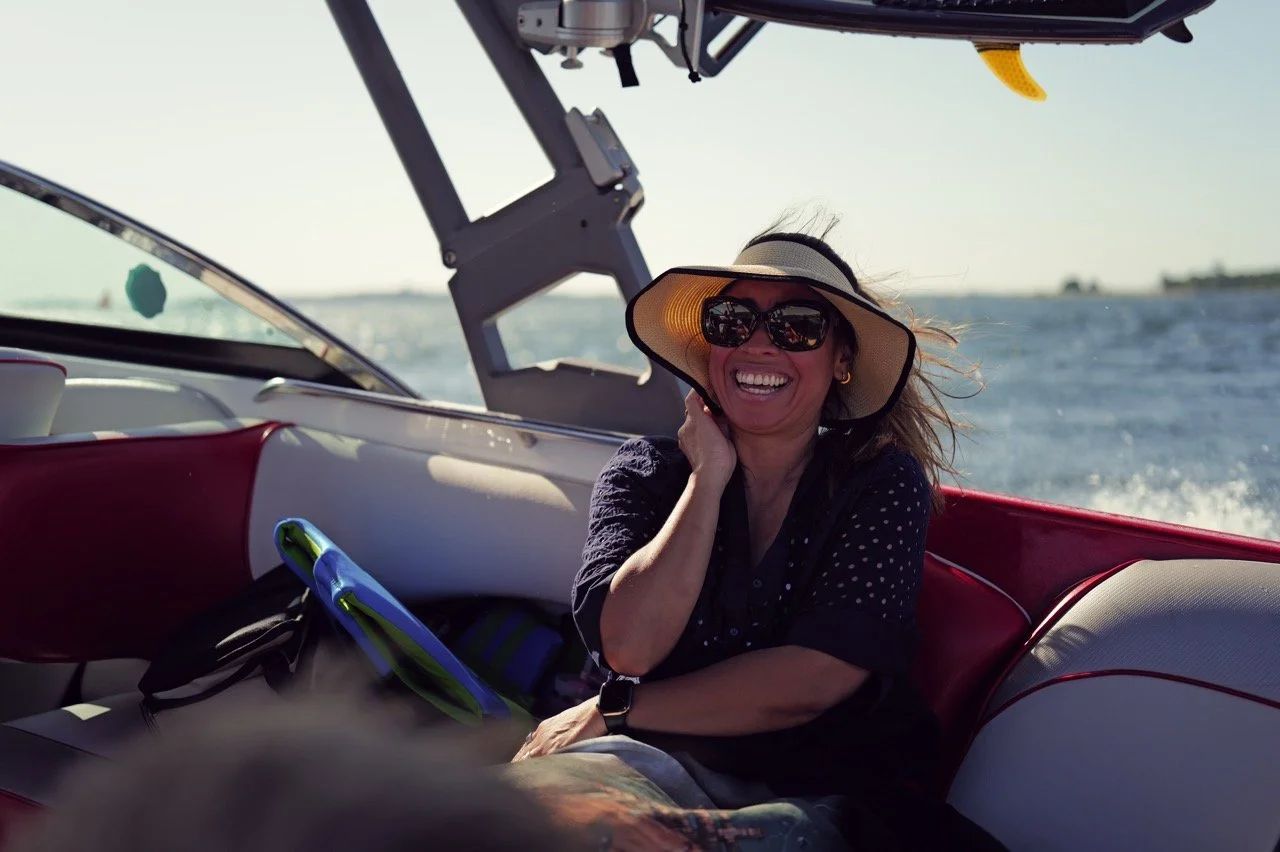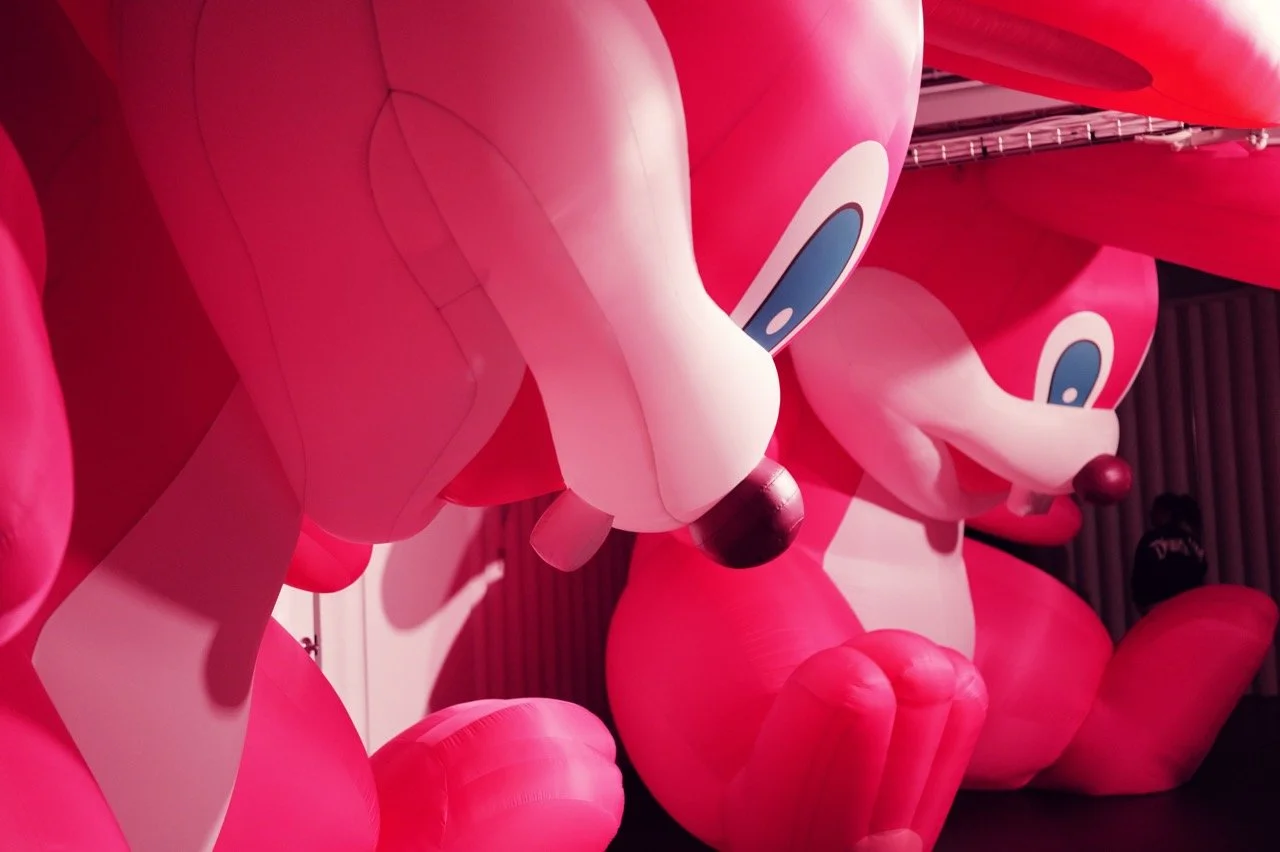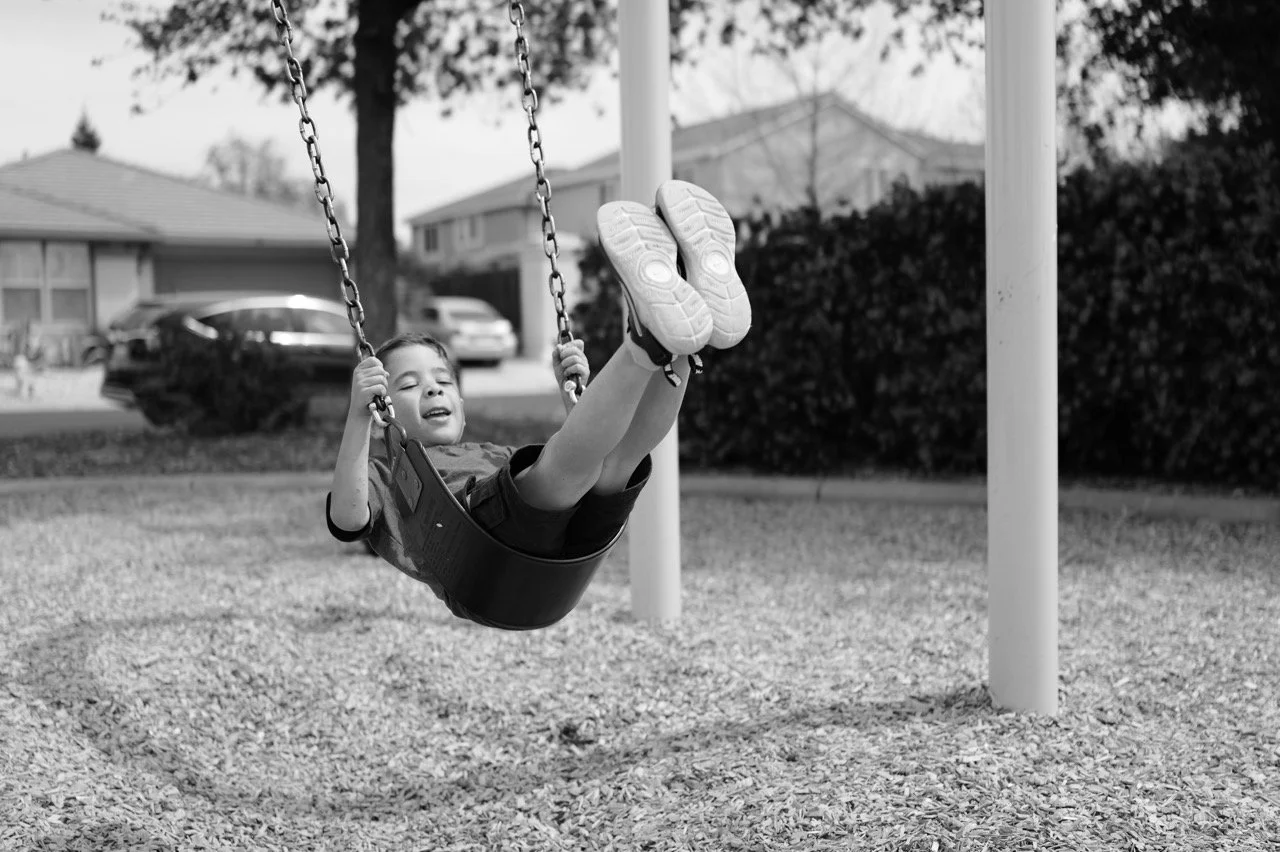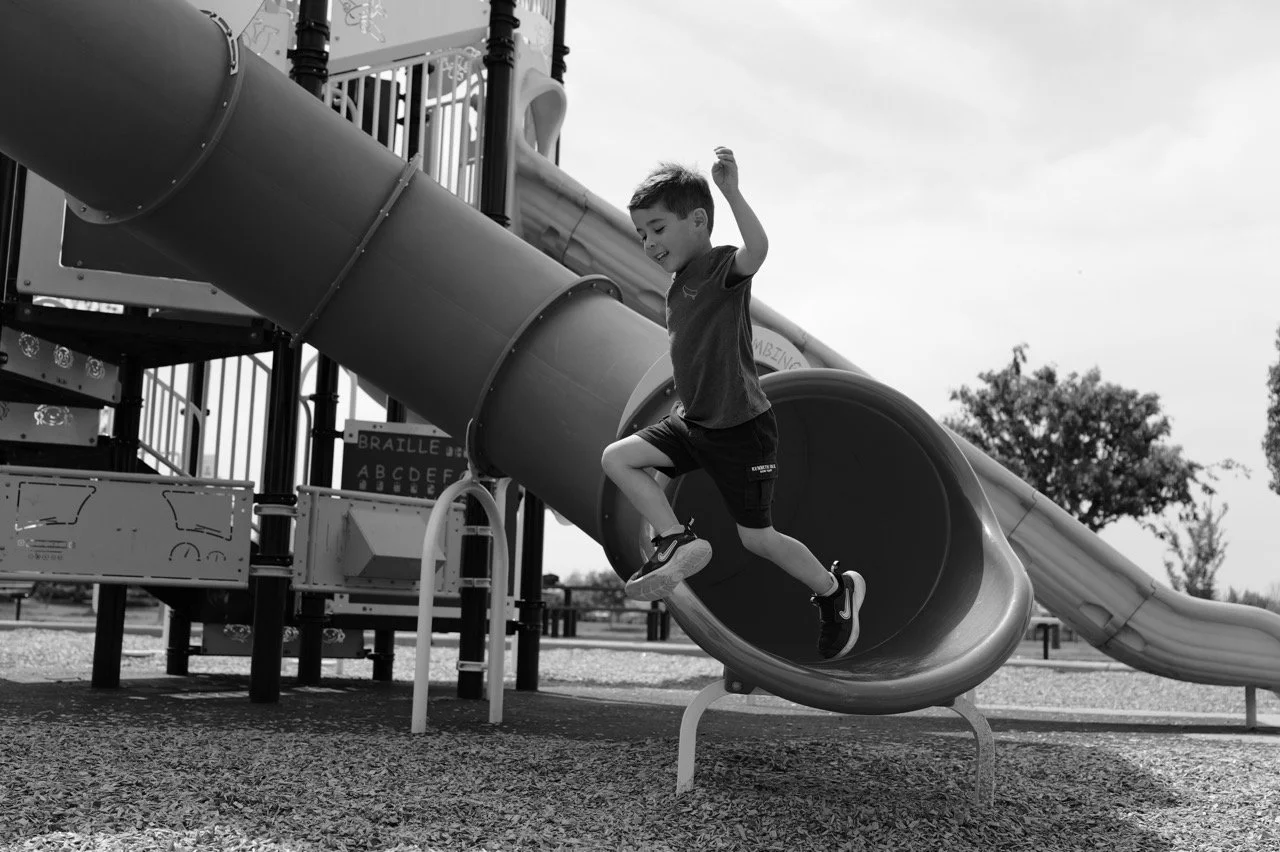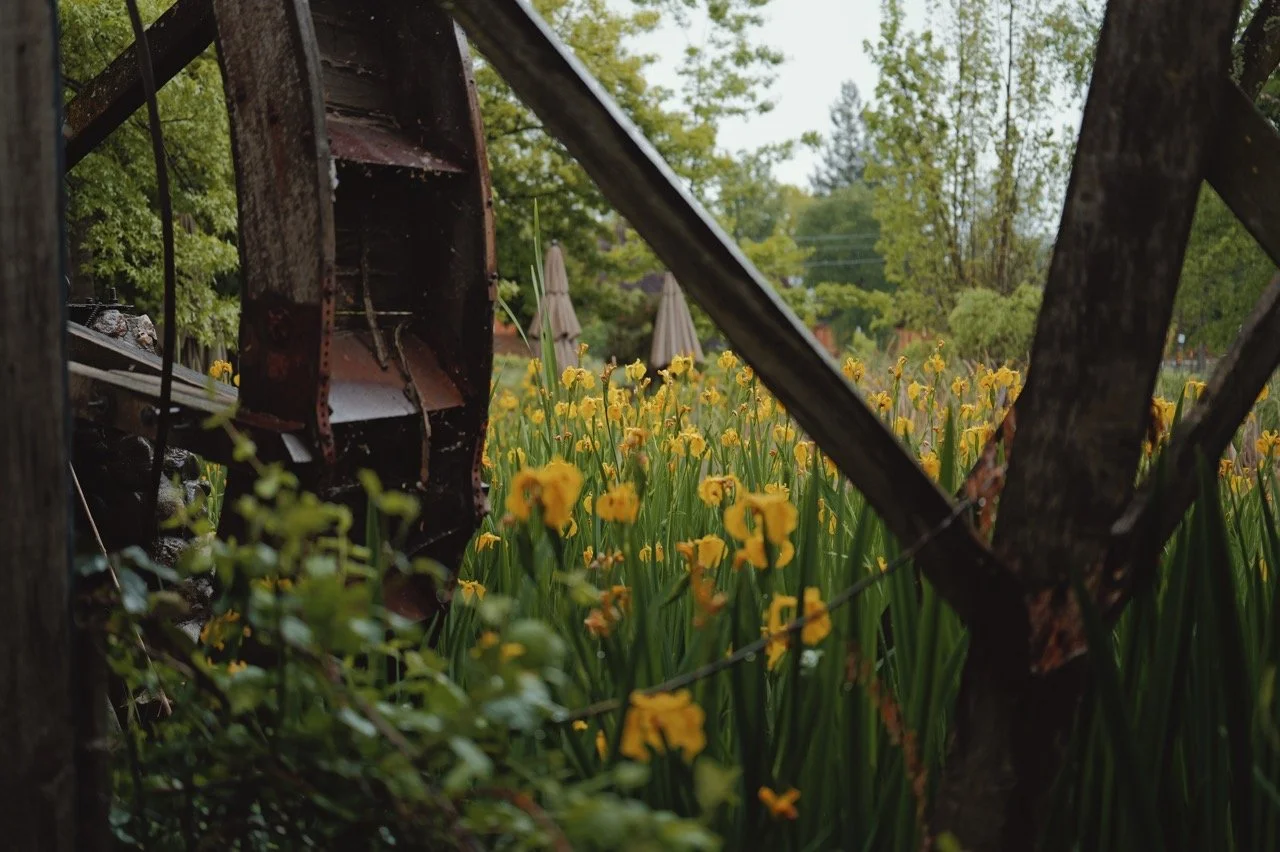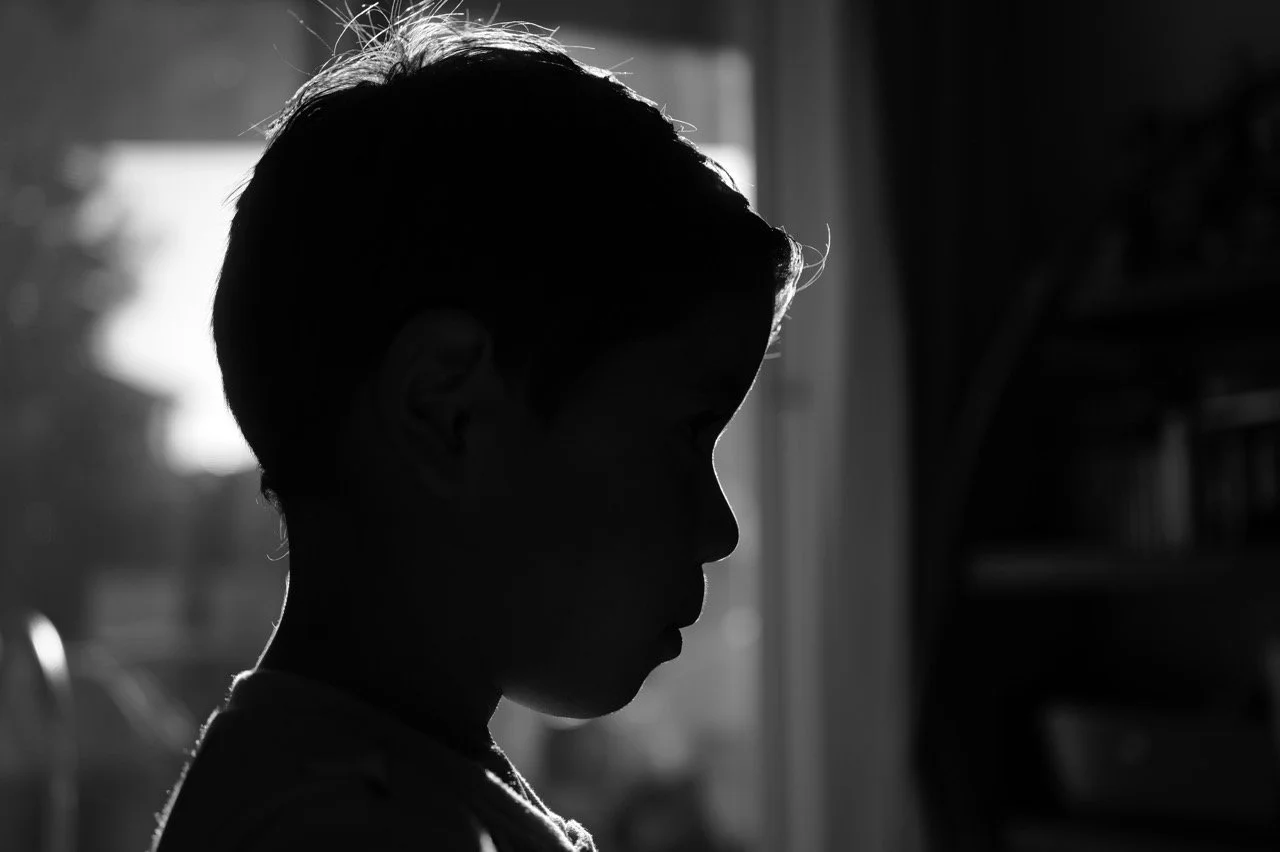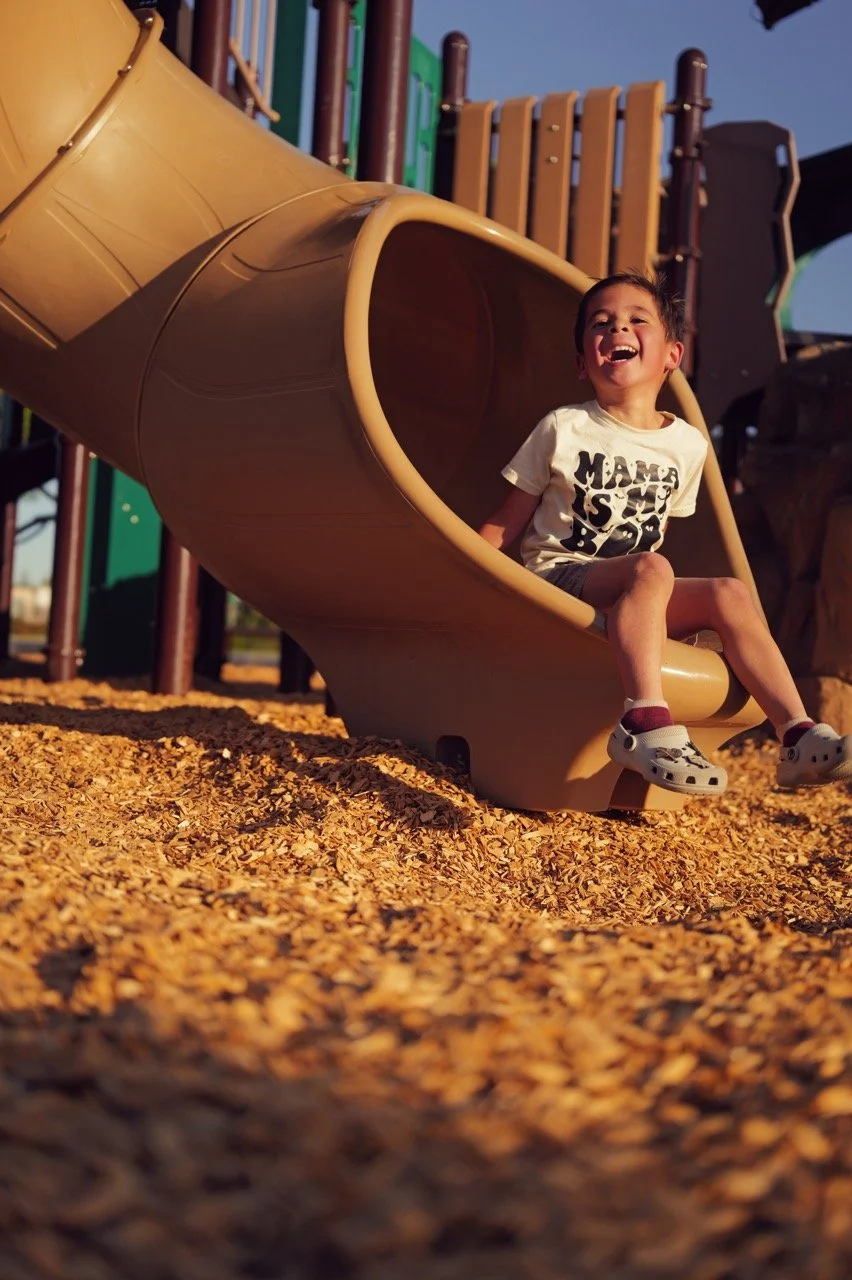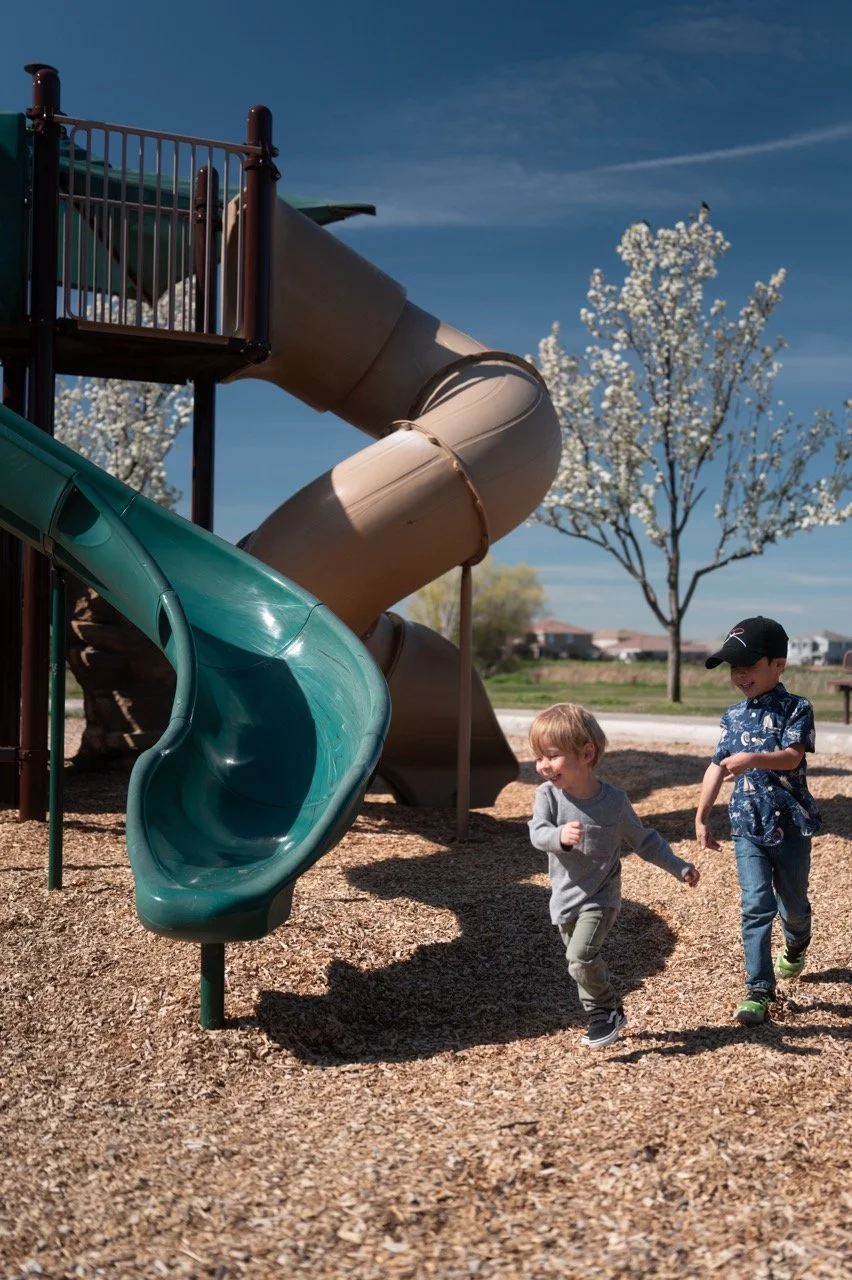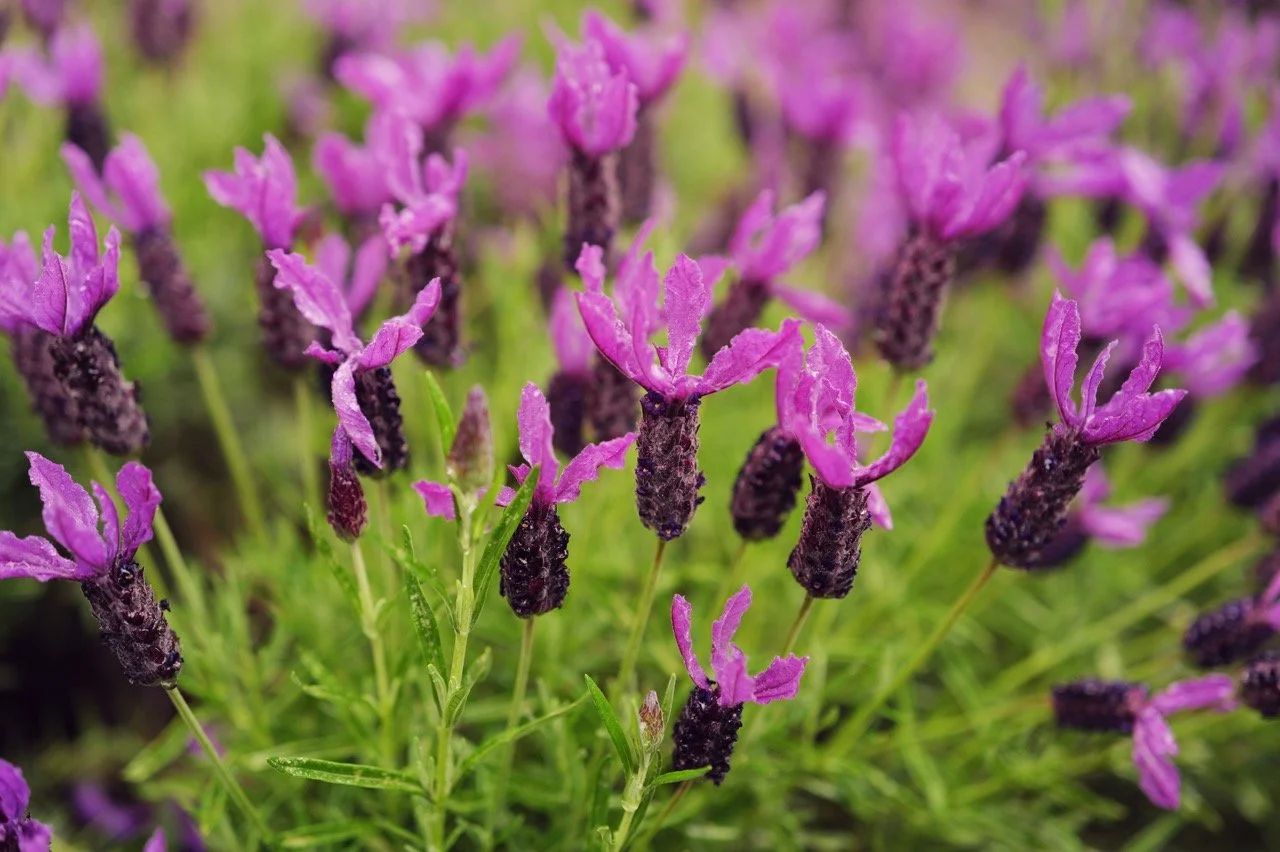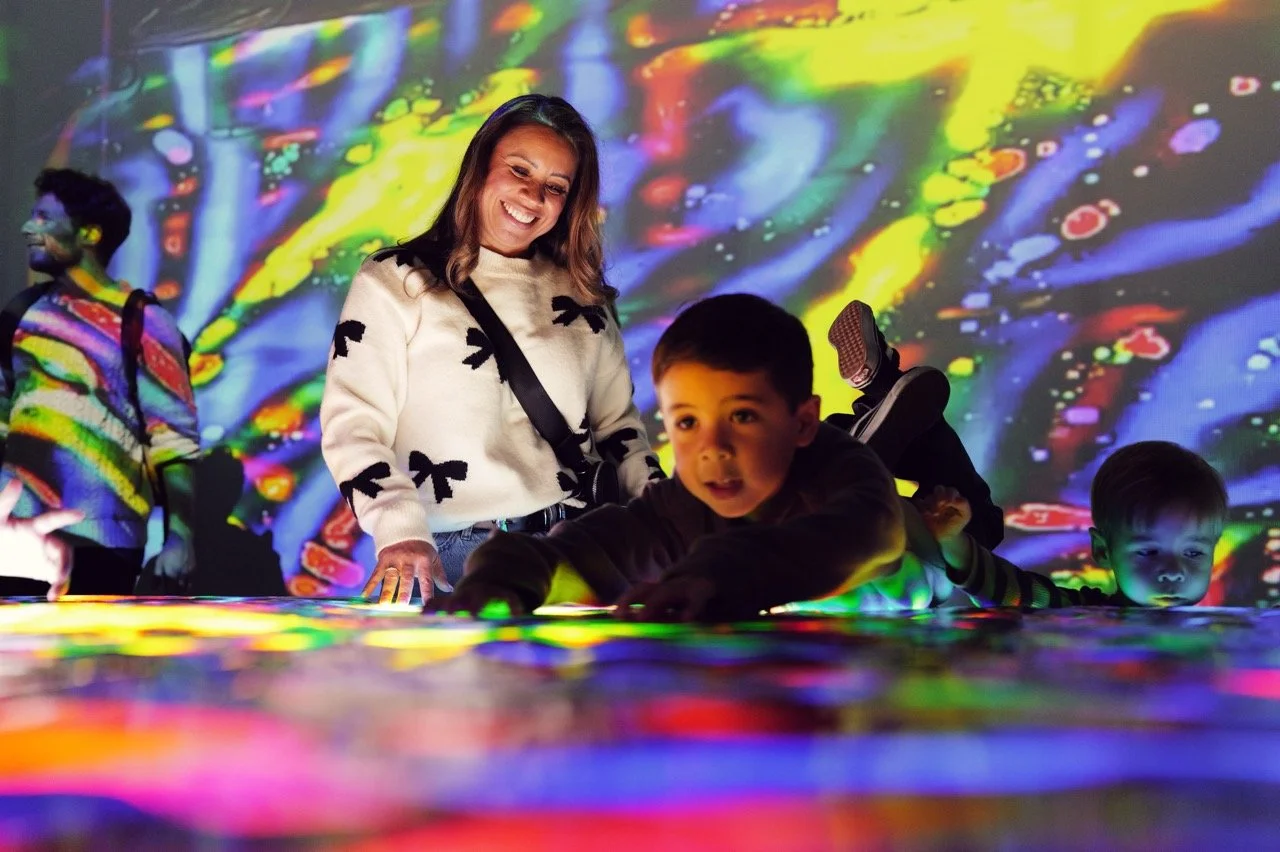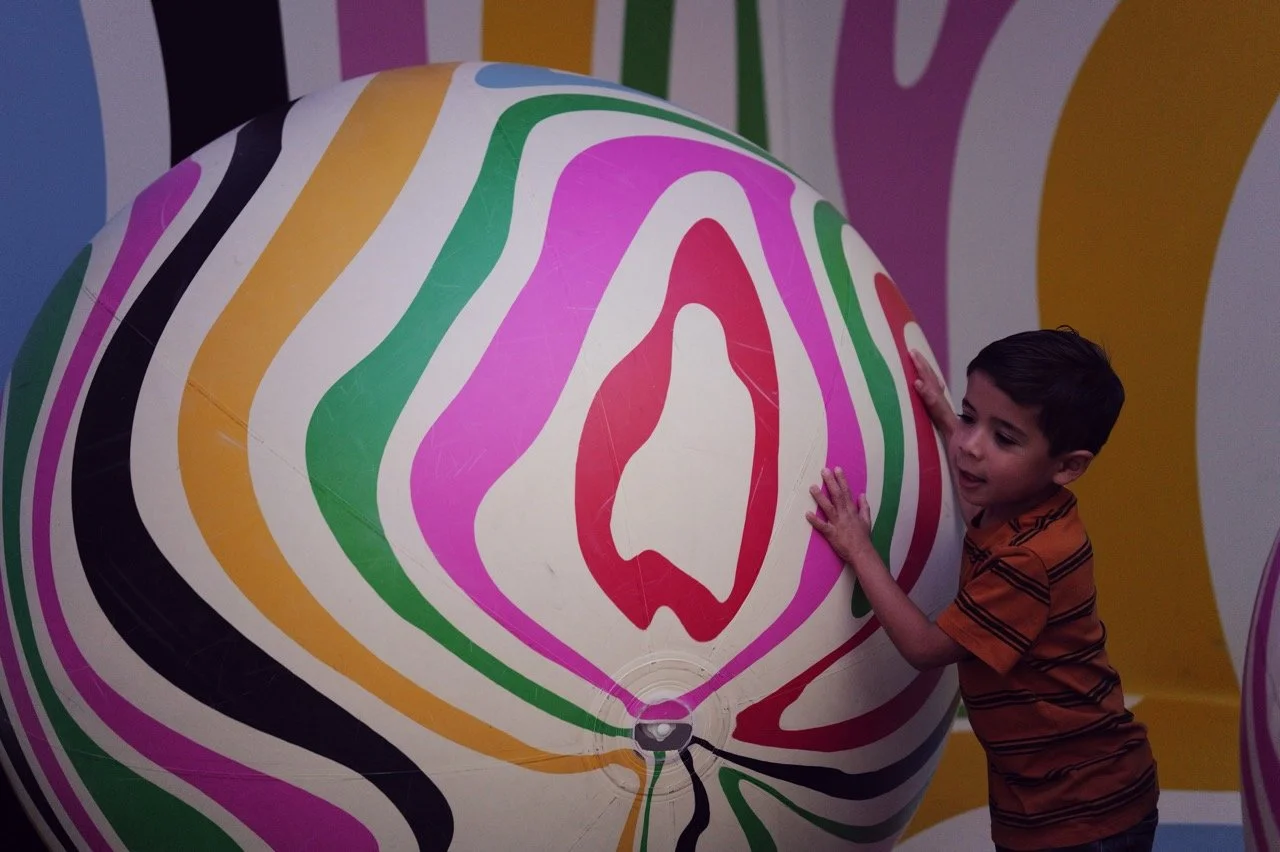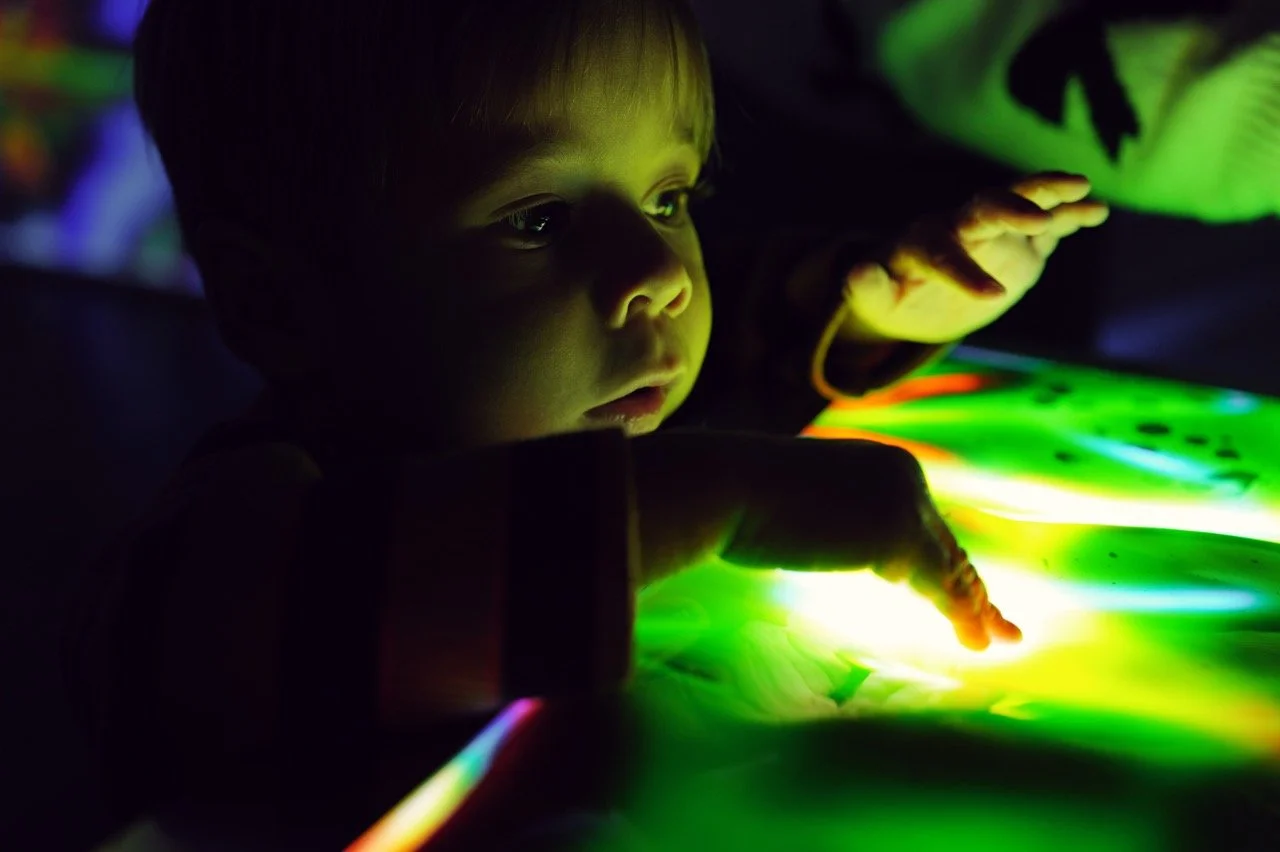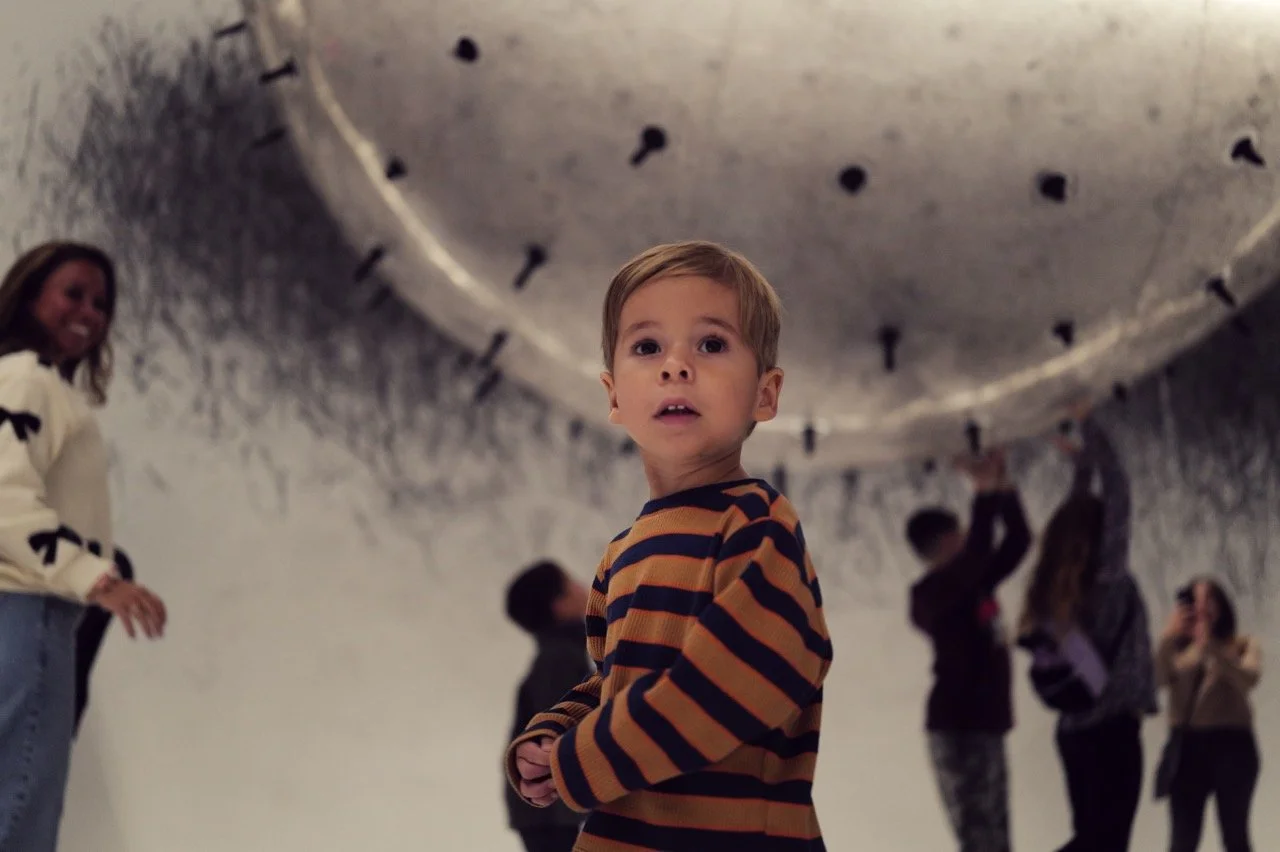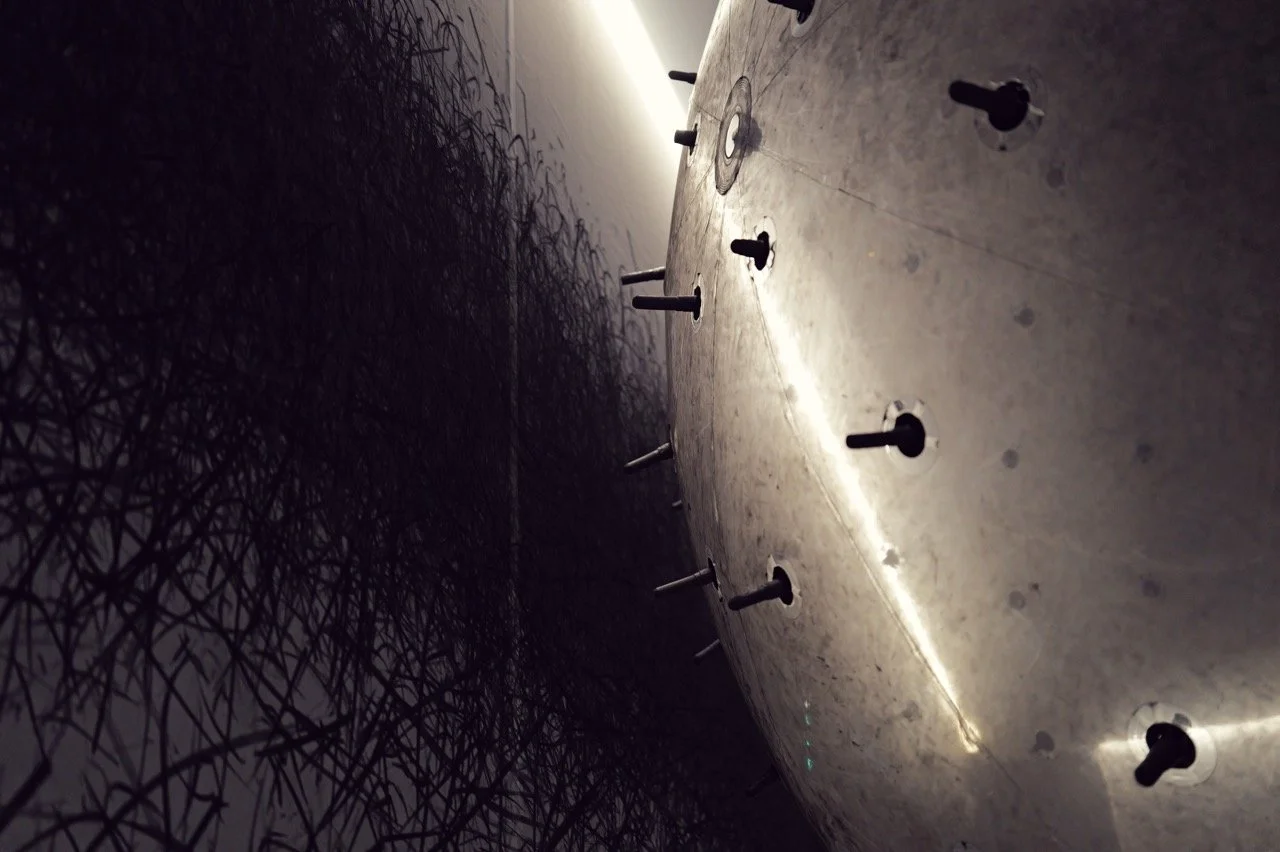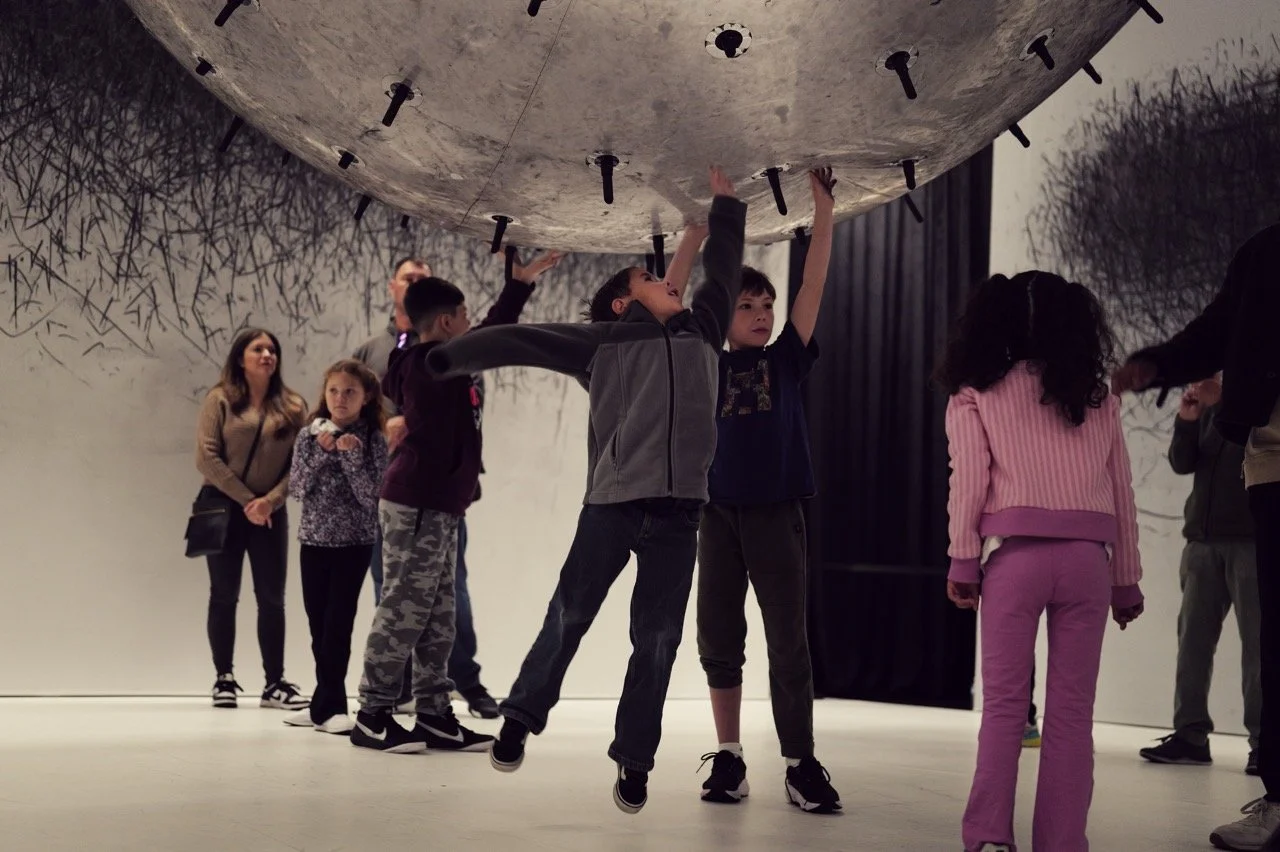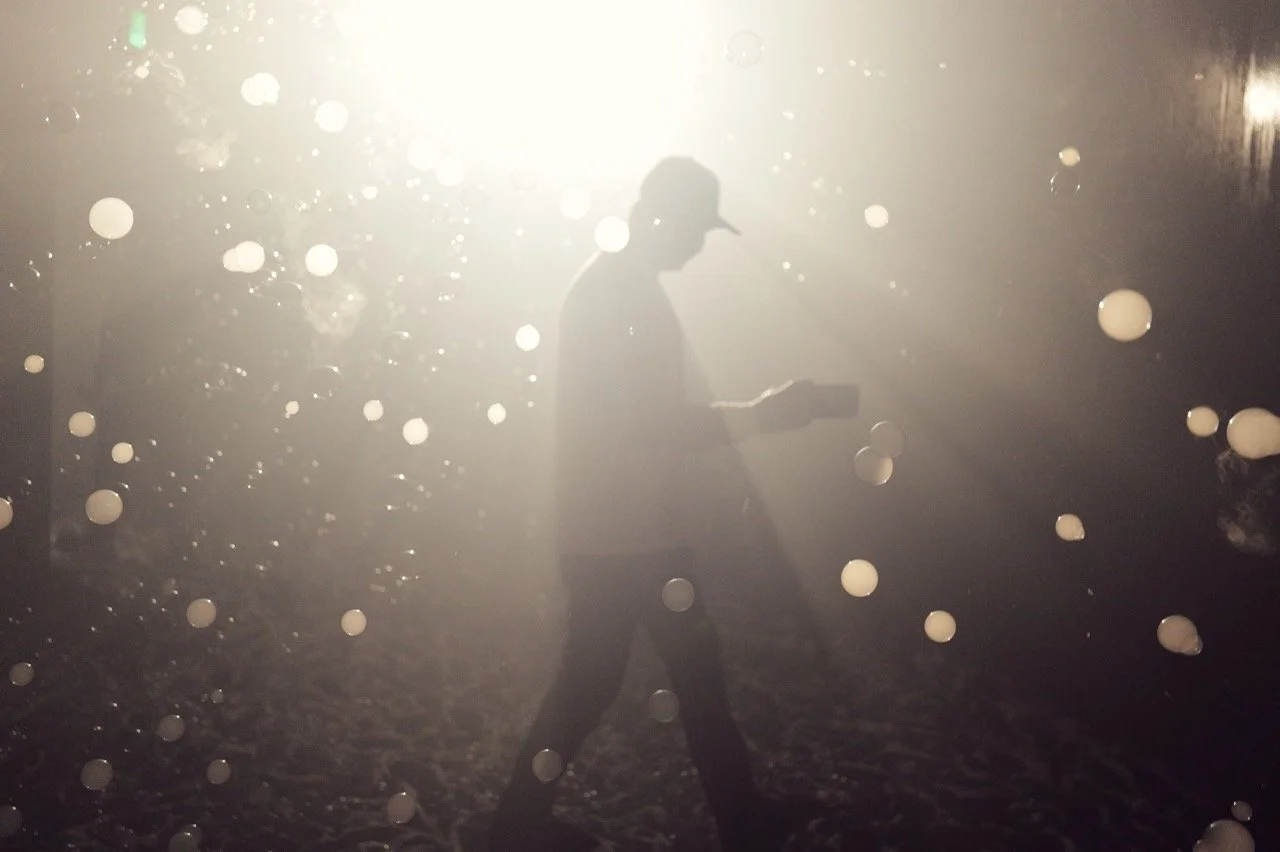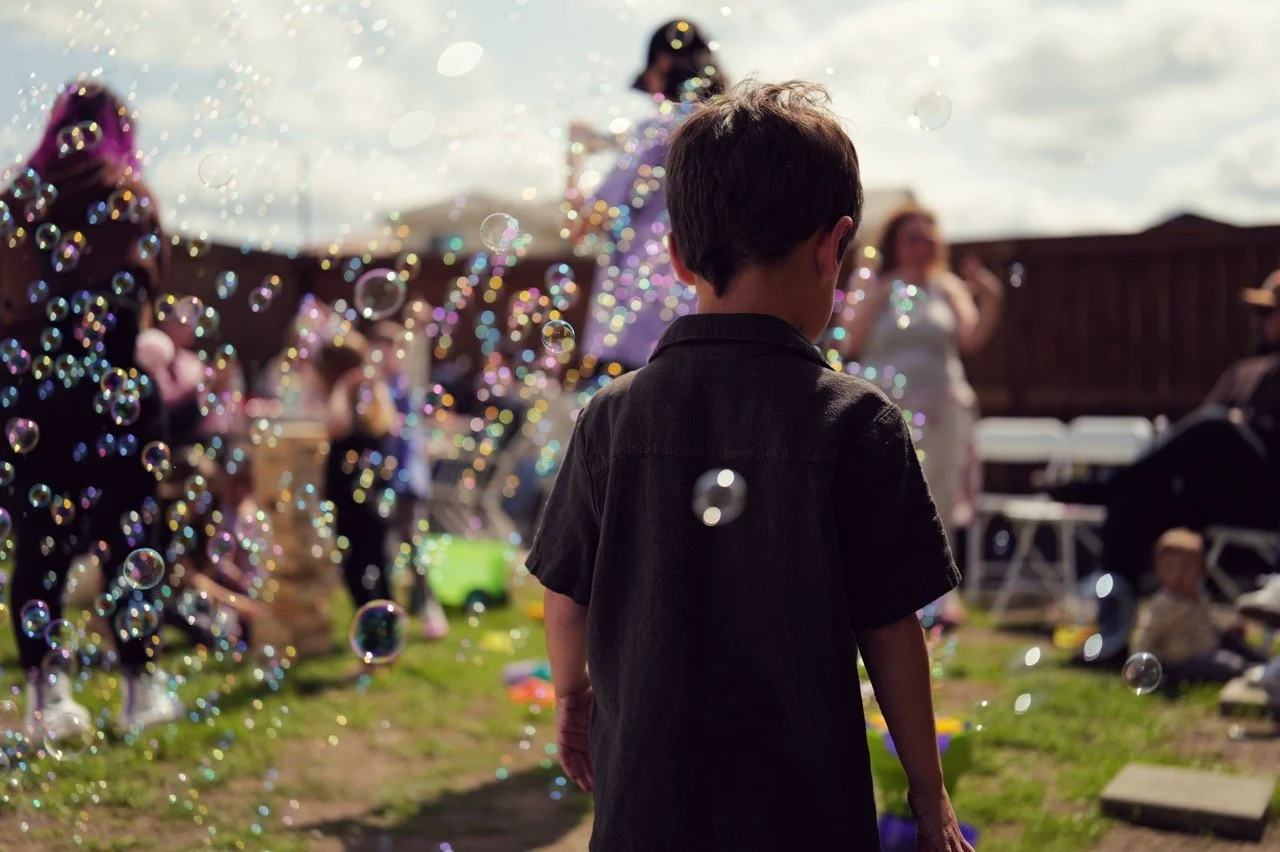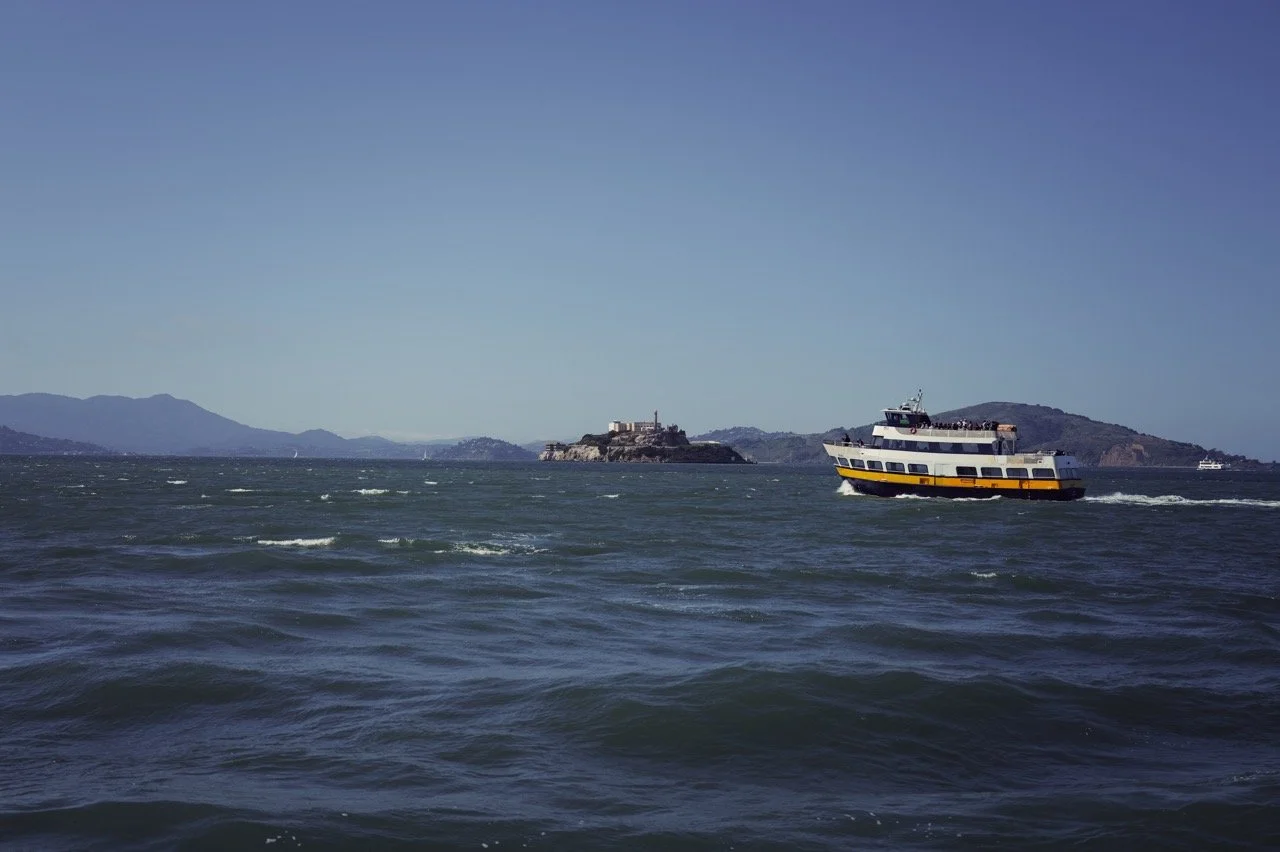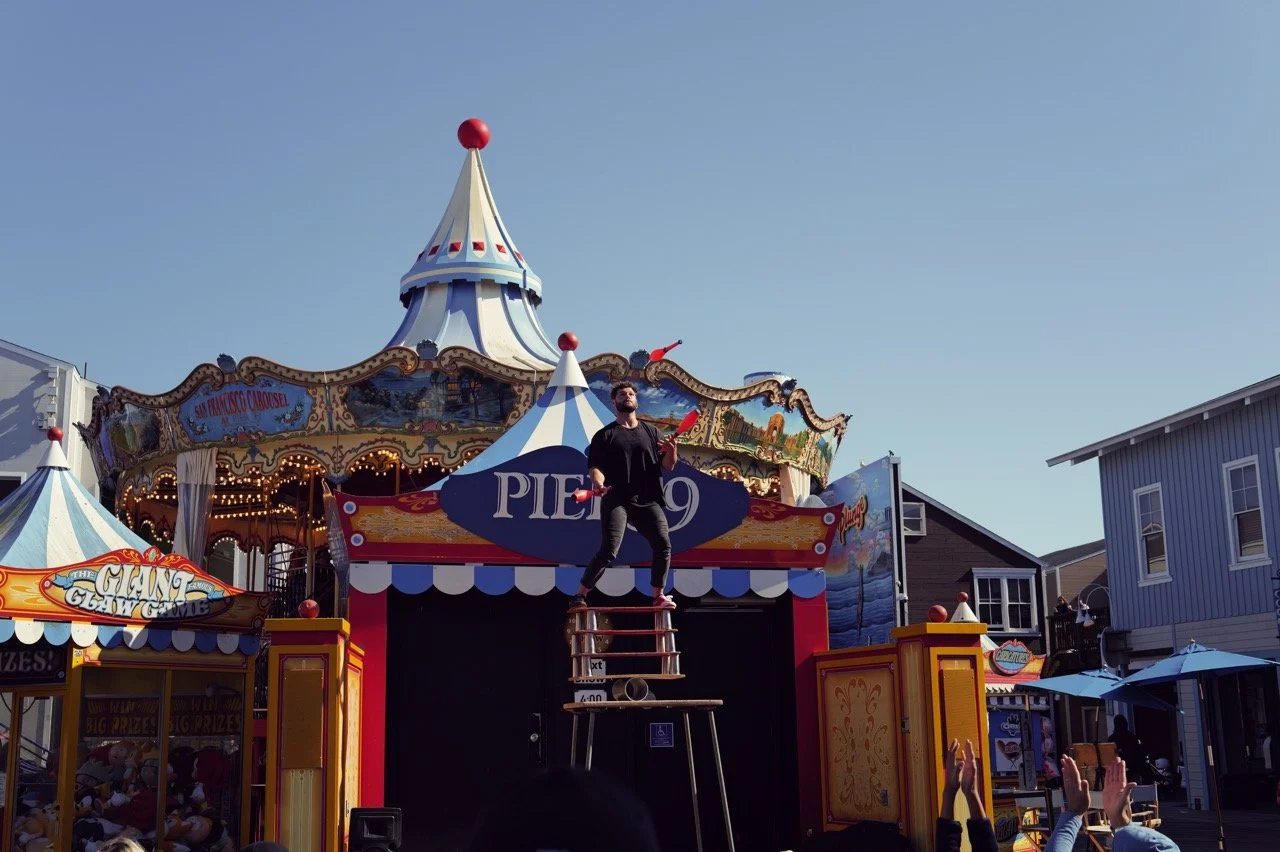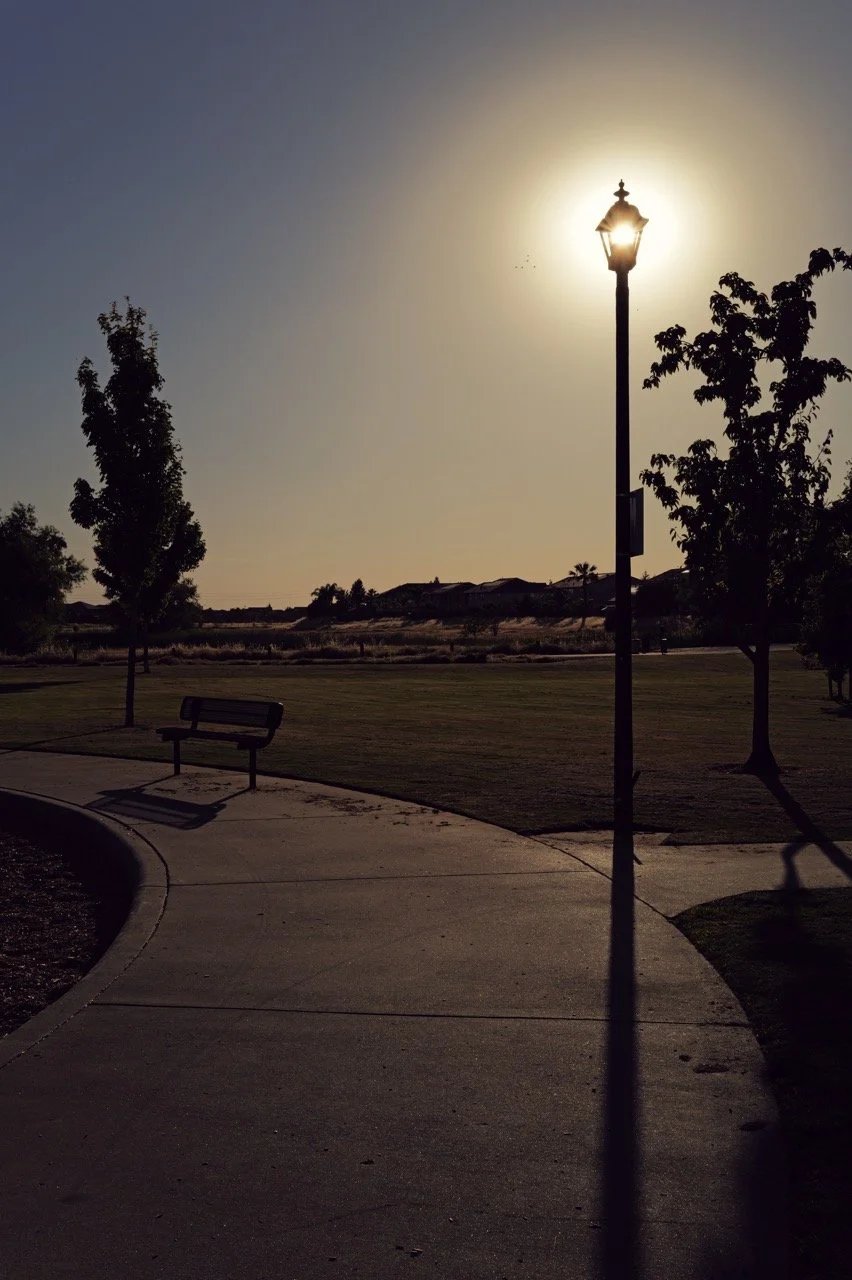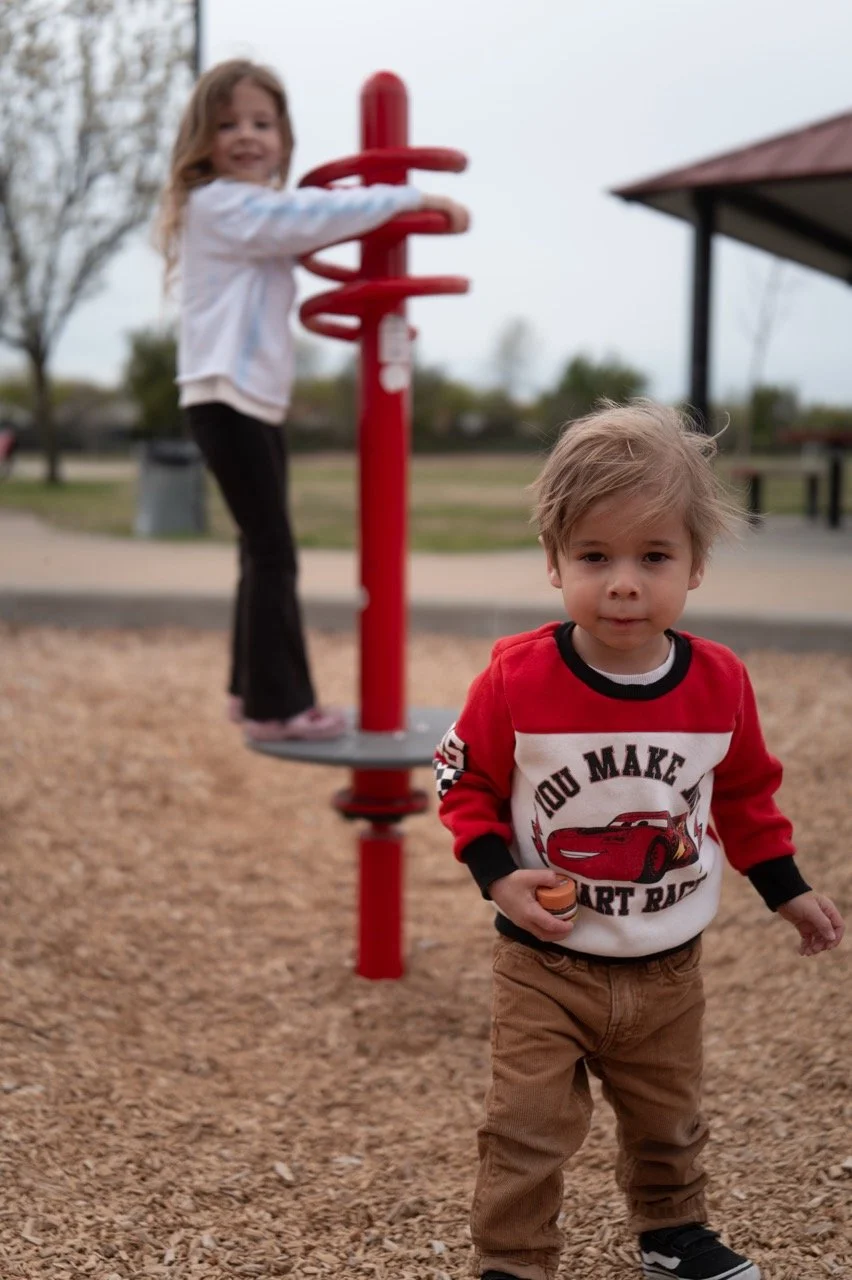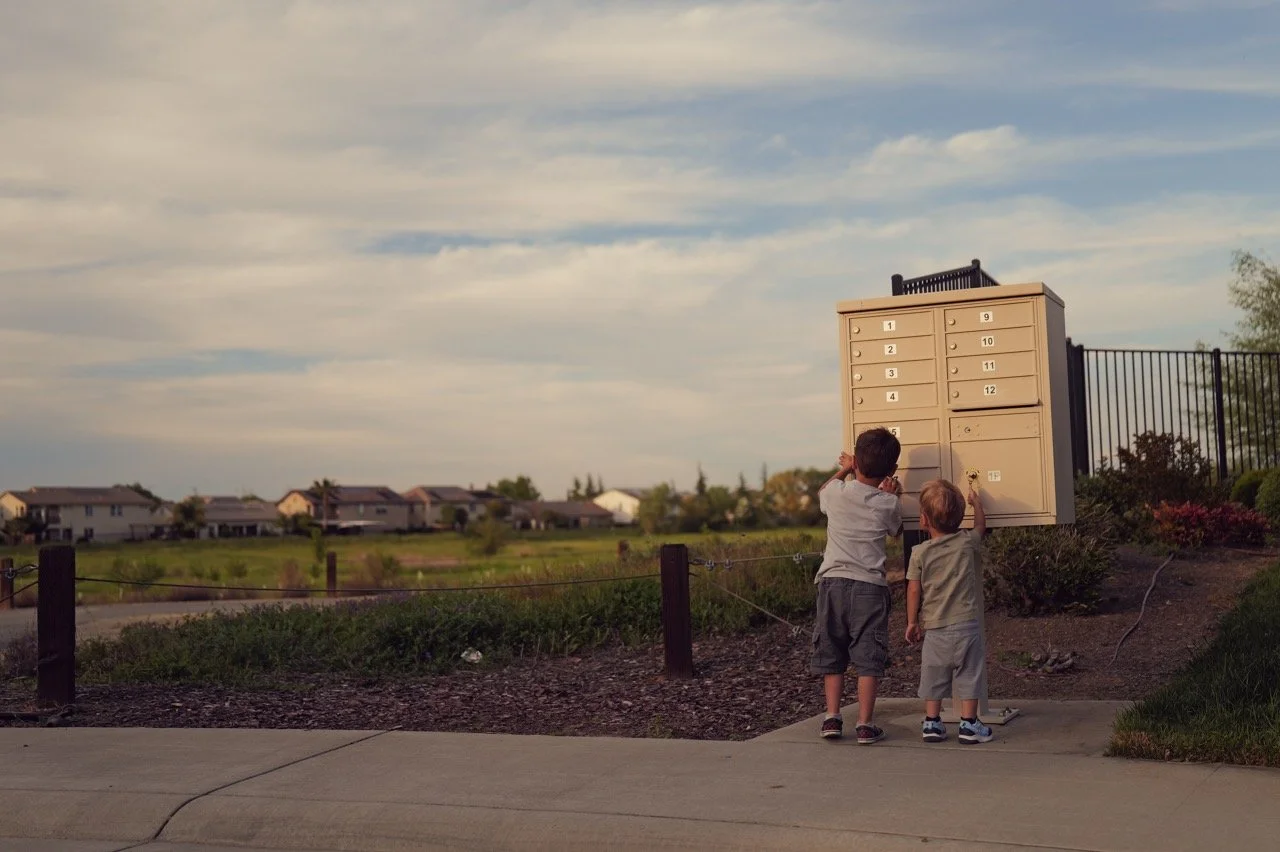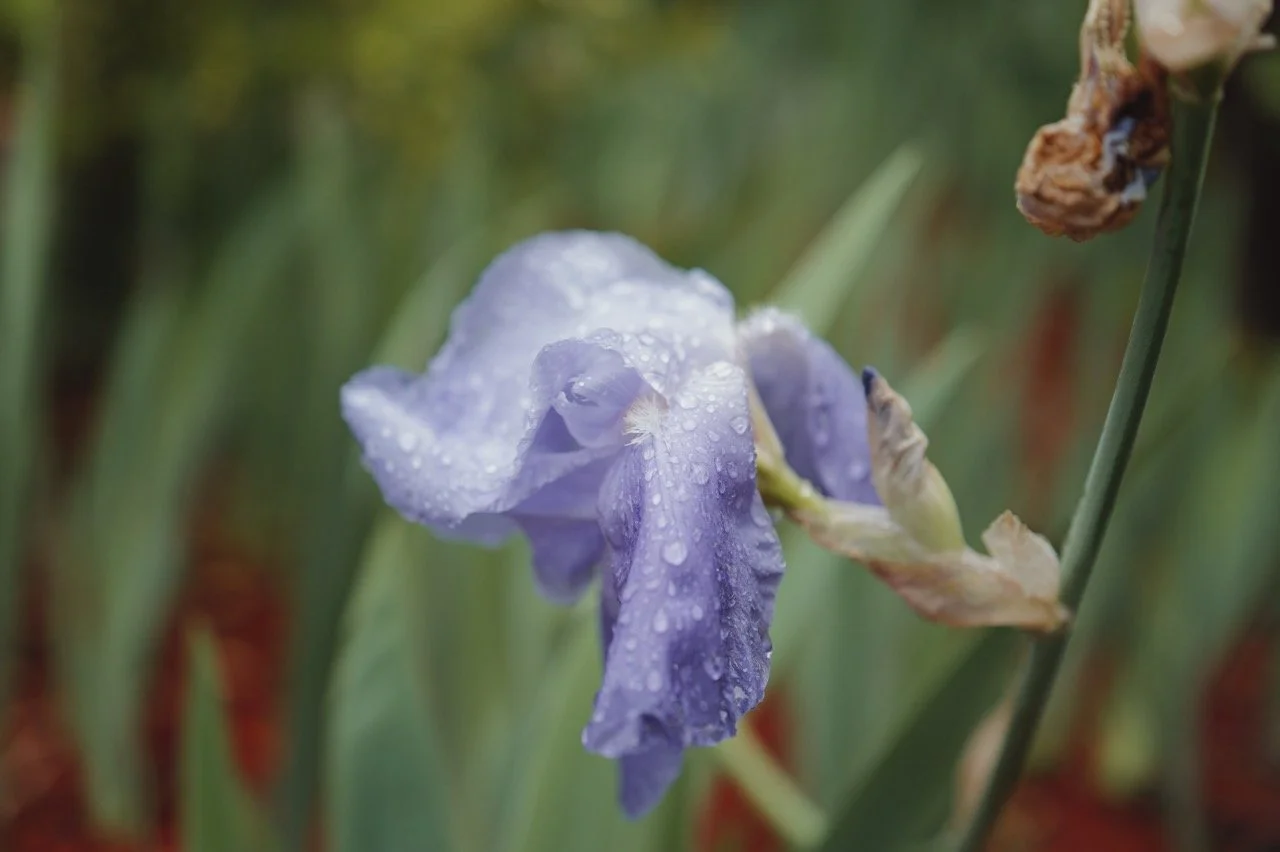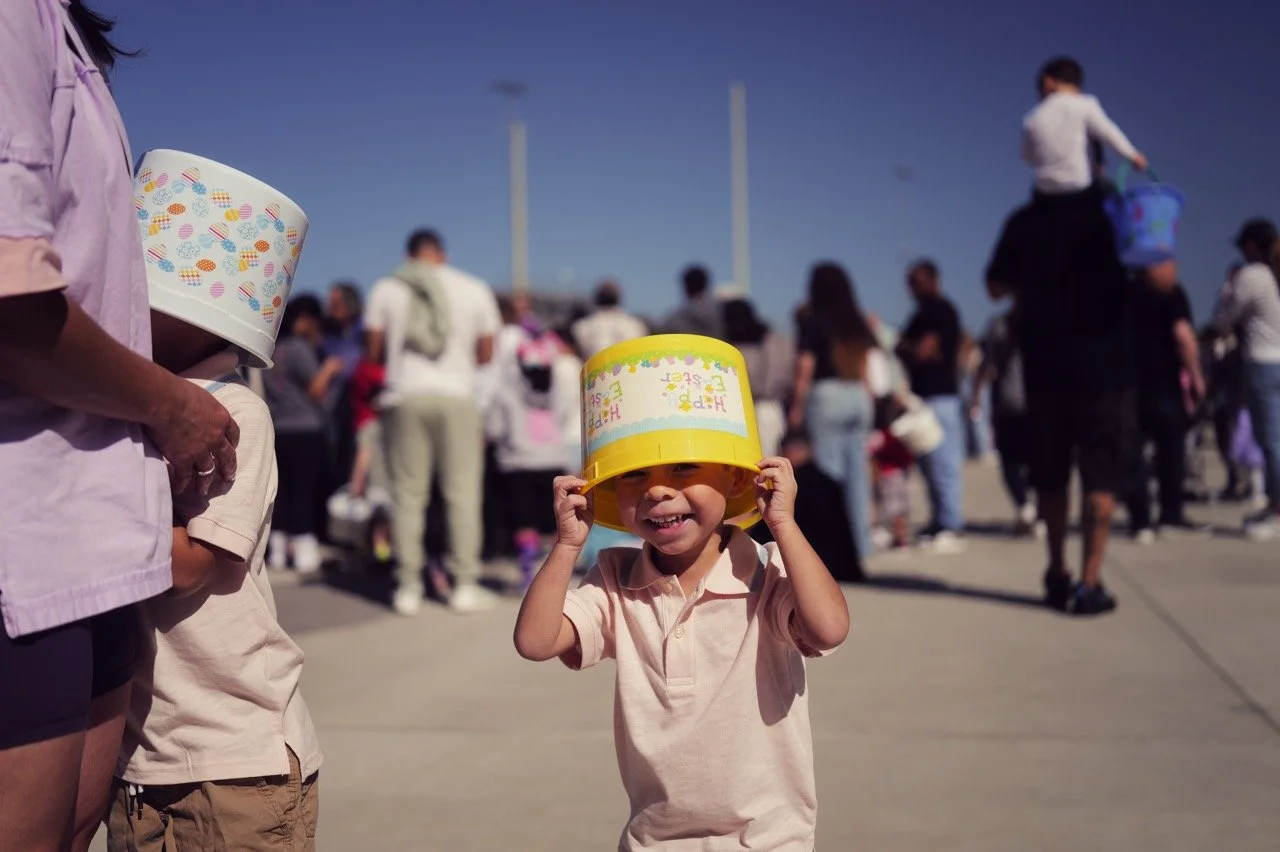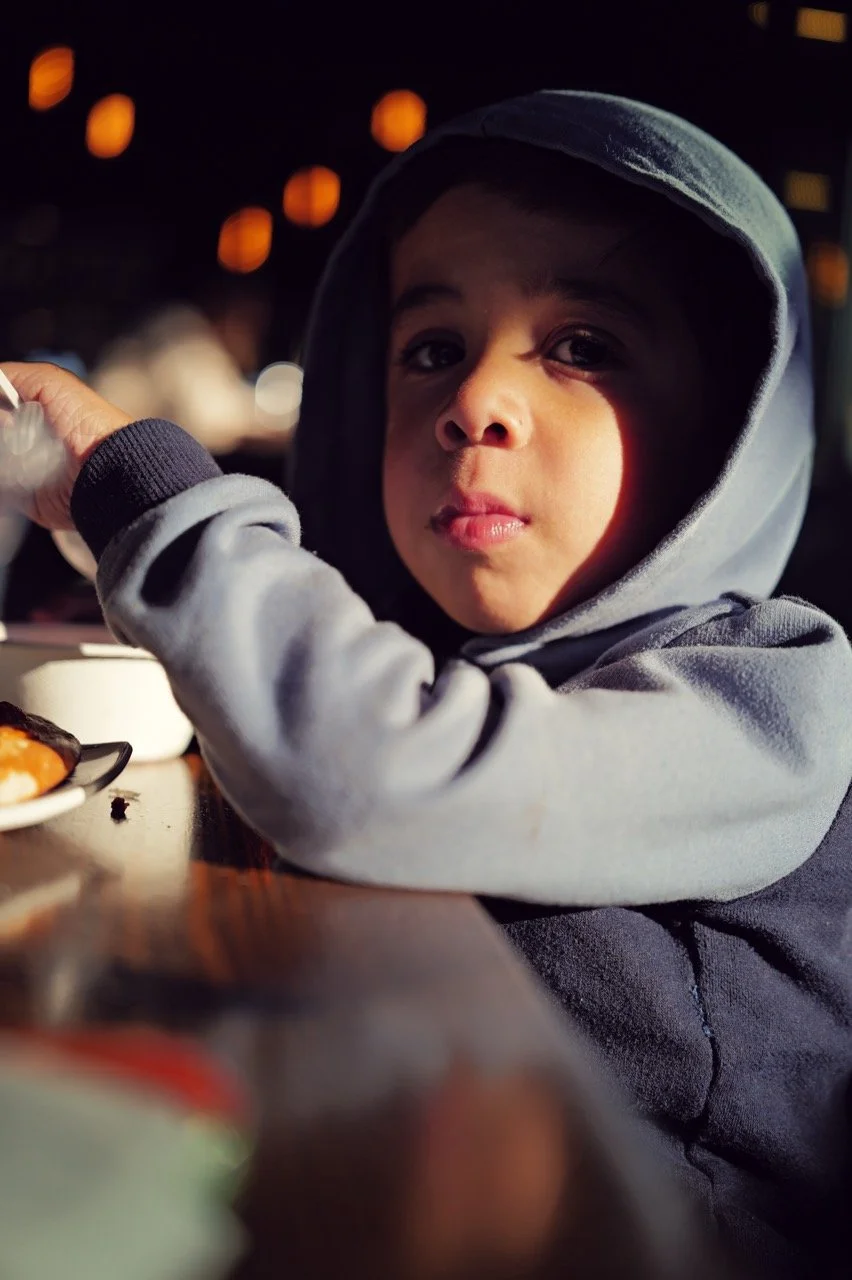Leica Q3 43 Review
Introduction
Hello there! I hope you're having a great day so far!
Today I'm sharing my thoughts on the Leica Q3 43, a recent addition to their premium compact camera line. This camera has created quite a stir among photography enthusiasts since it became the first Q to venture away from the standard 28mm focal length that all previous models shared. I've spent time testing it to see if it lives up to expectations. Full disclosure: I bought this used from MPB.com with my own money – no affiliations with Leica or MPB (though that would be cool).
The example photos I have placed here at the end are JPEGs right out of the camera, or RAW files converted to JPEG as is. I haven’t cropped or adjusted these (these aren’t portfolio shots, just casual samples, so please be gentle!). Most have the “Leica Look” called “Brass” on them which is in camera, as it’s a look I like right out of the camera. I selected a mix of “everyday” shooting under a mix of good and garbage light, high ISO (the one with the giant striped ball is 50,000 ISO!) to show you how this camera behaves under varied conditions.
Before diving into specifications, I'd like to explain my perspective on two things: value for price, and fixed lens vs. detachable lenses. I'm certain this may not align with you, dear reader. And that's okay. If we all valued the same thing, there would be only one camera, and it would be perfect for everyone. How boring.
On Value: Leica cameras can be eye-wateringly expensive, and there's definitely a luxury markup at work. It's like a Rolex watch – yes, it tells time, but is it 3x better than an Omega? Not practically. However, comparing a Leica M11 or Q3 to my Sony A7RV is like comparing that Rolex to an Apple Watch. Both are amazing cameras that take pictures very well, but they do it differently – with different ergonomics, features, and experiences. You're trading mass-produced for handbuilt, big for compact, complicated for simple. Plus, Leicas hold their value remarkably well compared to most tech products.
On Fixed vs. Interchangeable Lenses: While there are technical tradeoffs, the biggest difference is in the experience. I loved the Fuji X100 series because I could just grab the camera and go. No decisions, no kit planning. Same with the Q3 43 – I pick it up and use it. With interchangeable systems, I pack a kit with lenses for the job ahead.
I generally prefer prime lenses for their rendering quality – that sharp subject against pleasantly blurred backgrounds, with aperture control that's like conducting light itself. Fixed focal lengths have historically outperformed zooms optically, except for exceptional cases like the Sony 28-70mm f/2. But zooms offer advantages in challenging weather, low light, or when wearing gloves. Changing lenses during sessions slows workflow, especially when switching between wide and tight framing. Multiple primes add weight, risk drops, and create sensor dust that costs hours in post. Sometimes I carry two bodies just to avoid swaps.
The Leica Q series offers an interesting middle ground – high-quality fixed-lens performance in a compact body. The standard Q3 with its 28mm lens worked well but often felt too wide for portraits and my style of street photography. The Q3 43's 43mm focal length provides a more natural perspective between 35mm and 50mm options.
It's this 43mm f/2.0 Summicron APO lens specifically that made me purchase this camera.
Tech Specs
Let's dive into the important stuff:
- Sensor: 60MP full-frame BSI CMOS sensor
- Lens: 43mm APO-Summicron f/2 ASPH
- Optical Design: 11 elements in 8 groups (including 7 aspherical elements)
- Maximum Aperture: f/2
- Minimum Aperture: f/16
- Focusing Distance: 60cm normal, 27cm in macro mode
- Stabilization: Optical, with Auto mode
- ISO Range: 50-100,000
- Shutter: Electronic up to 1/16,000 sec
- Continuous Shooting: Up to 15fps
- Autofocus: Hybrid AF system with intelligent subject recognition
- **Video:** 8K/30p, 4K/60p (including ProRes 422 HQ at 4K/60p), 1080/120p
- Video Recording Limit: 29 minutes maximum
- Viewfinder: 5.76M-dot OLED EVF
- LCD: 1.84M-dot tilting touchscreen
- Battery Life: Approximately 350 shots
- Connectivity: USB-C that's blazingly fast, Wi-Fi on both bands, Bluetooth
- Storage: Single SD card slot (UHS-II compatible)
- Weather Protection: IP52 rated - basically splash-proof, but I wouldn't take it swimming
- Dimensions: 130 x 80.3 x 97.6mm
- Weight: 688g (with battery)
- Price: $6,895
What Makes It Special
The Big Deal: That 43mm Focal Length
So what's the big deal with this 43mm focal length? Well, there's actually some cool math behind it - it matches the diagonal of a full-frame sensor. But honestly, forget the geometry for a second, because what really matters is how natural it feels when you're shooting. It's not quite as wide as 35mm, not as tight as 50mm - it's right in that sweet spot. Here's where it clicked for me: with 35mm, I always felt too close to subjects or found myself cropping; with 50mm, I constantly backed up to get the framing I wanted. With 43mm, when I raised the camera, I was already where I needed to be.
APO Optics
Now, about that APO designation - it's not just marketing fluff. This apochromatic design reduces chromatic aberration and improves sharpness. Think Pink Floyd's Dark Side of the Moon – as light passes through glass, it separates into colors. Lenses use multiple elements to keep wavelengths together. This lens has 11 elements in 8 groups, including 7 aspherical elements made from exotic glass. Apochromatic formulas aren't always achievable, which is why you sometimes see purple or green fringing (chromatic aberrations) that makes images look video-like and reduces sharpness. An APO lens nearly eliminates this, resulting in a special kind of sharpness – not digital sharpening, but coherent light that makes images appear more "present." Combined with Leica's characteristic focus falloff, you get that 3D "pop" with punchy, contrasty, color-rich rendering. It has character my technically perfect Sony G Master lenses lack.
The Sensor and More
The 60MP BSI CMOS sensor (same as the M11) provides high resolution and excellent dynamic range. This enables useful digital cropping at 60mm, 75mm, 90mm, 120mm, and 150mm equivalents while maintaining reasonable resolution. Crops only affect JPEGs, not RAW files.
For video, you get 8K/30p and 4K/60p capability, including support for ProRes 422 HQ at 4K/60p – a professional codec you don't often see in compact cameras. Be aware of rolling shutter with 60MP of data, and note there's a 29-minute recording limit.
Leaf Shutter Magic
Here's something that flies under many radars: 1/2000 flash sync speed! Most cameras in this price range can't even get close to this. My Sony A7R5 only syncs to 1/250. This is huge for flash users – cut ambient light with fast shutter speeds while using full flash power, avoiding High Speed Sync's power loss. Your other leaf shutter options are Fuji territory or stepping up to Hasselblad and bracing for impact.
Built-in Intelligence
The camera features a hybrid AF system with intelligent subject recognition, which works particularly well for single subjects. Make no mistake, this is not a competitor for the latest Sony and Canon AF systems, but it is surprisingly strong and better than I expected based on what I had read and seen online, especially in single-subject face recognition mode when you need it.There's also a neat perspective correction feature that automatically analyzes scenes for converging lines and corrects them in JPEGs – handy for architectural work.
How Does This Thing Actually Perform?
The Lens Performance
Sharpness is excellent corner to corner at f/2, with minimal distortion. The APO design controls chromatic aberrations even in high-contrast situations. Out-of-focus areas render smoothly with gentle transitions. Backgrounds blur beautifully, creating professional-looking subject separation. The bokeh has pleasant character – smooth yet structured enough for dimension, not distracting or swirly.
Color and Processing
Leica's color rendering produces contrasty files with editing flexibility. Images have more punch straight from camera than some brands, reducing post-processing needs. The camera offers adjustable "Film Style" profiles (which you can customize) and "Leica Looks" (fixed presets downloaded via the Leica Fotos app) for classic rendering. Those who love classic Leica rendering will eat this up. I'm fond of the "Brass" look, which closely matches my editing style if a bit warm. The RAWs work beautifully, with excellent dynamic range – great for exposing for highlights and pulling detail from shadows.
Low-light performance is solid with good high-ISO capability. The f/2 aperture, effective stabilization, and sensor performance make this capable in challenging conditions. Modern noise reduction software handles any grain well.
What I Like
That Perfect Focal Length
The 43mm works naturally in practice. It's wide enough for environmental context, tight enough for flattering portraits. Street photography feels comfortable with good working distance from subjects. Faces remain distortion-free even up close.
Build and Ergonomics
Despite the longer lens, the camera remains compact at 688g – lighter than many full-frame setups with comparable primes. It feels solid without unnecessary weight. The minimalist grip and textured gray leatherette provide adequate hold.
Interface and Features
The interface is just brilliant - so simple it almost feels like magic. Want to customize a button? Just hold it down and pick what you want it to do. You can even choose which options show up (like having one button for all your AF settings, another for exposure stuff). The menus are laid out logically without drowning you in options you'll never use. Physical controls have great tactile feedback, especially the perfectly weighted aperture ring.
The macro mode activates via lens barrel ring (60cm to 27cm focus distance). This works more as a close-focus mode for the lens and is excellent for close up portraits for example, and I use this feature a LOT. Manual focus is excellent with a well-damped ring. Photo review is ingenious – in single-shot mode, hold the shutter after exposure to review the image, release to skip. Perfect for studio and flash work.
Connectivity Improvements
The Leica Fotos app now offers dramatically faster transfer speeds – up to 35MB/s, which means a full-resolution DNG transfers in just 2 seconds. That's a game-changer for workflow. The camera is also Made for iPhone certified, ensuring reliable direct connection to iPhones for content creators.
Durability
Built to last with no plastic feel. IP52 weather sealing means it's splash-resistant (though not fully waterproof), so rain doesn't worry me. When it swings from my strap, I'm more concerned about what it might hit than damage to the camera itself.
What Could Be Improved
Price
At $6,895 list, this is a significant investment. While reflecting Leica quality, German manufacturing, and experience, it's hard to justify on specs alone. You buy this because you want and love this camera's look and feel.
Single Card Slot
Professional photographers may miss redundant storage. While reliable, this could be problematic for critical assignments.
Digital Crop Limitations
Useful but limiting – at 150mm equivalent, you're down to 5MP. Interchangeable systems have clear advantages here. Also, the cropped focal lengths appear quite small in the EVF, making composition at 120mm and 150mm rather challenging.
Autofocus
Generally reliable but doesn't match sophisticated tracking of some competitors for fast-moving subjects. Street and portrait work are fine; sports/wildlife might find it limiting. Recent firmware improved face recognition for single subjects, though multiple faces can confuse it.
Battery and Quirks
Battery life is decent at around 350 shots, though not exceptional like some cameras. Since Leica batteries cost as much as a dinner for two, I'd suggest getting a good USB-C power bank and charging on the go. However, if you splurge for the optional HG-DC1 Wireless Charging Handgrip ($250), you can use Qi wireless charging – a unique feature in this camera class. The viewfinder, while high-resolution, seems small to DSLR users. Occasional lockups require battery removal. Startup could be faster, though standby mode helps.
Conclusion
Look, this camera isn't for everyone. But if you're the type who gets excited about personal projects, creative work, or just shooting for the love of it - this could be your new favorite tool. It sits somewhere between Leica's hardcore manual M cameras and their more pro-focused SL line. It won't replace my Sony A7RV despite shared resolution and quality glass – they serve different purposes, different parts of my brain.
The Q3 43 hits that sweet spot the standard Q3's 28mm (which felt too wide) and a typical 50mm (which can feel too tight) never quite managed. It's a really well-thought-out camera that delivers incredible image quality while still being intuitive to use, all wrapped up in a surprisingly compact body.
Worth the price? Depends on priorities and budget. For street photography, environmental portraits, or travel work where you value fixed-lens simplicity with high quality, absolutely consider it. The 43mm focal length proves more versatile than expected.
It doesn't try to be everything to everyone – that's part of its identity. It's a premium fixed-lens camera for those who value simplicity, quality, and the "Leica shooting experience." If this aligns with your preferences and budget allows, you'll likely find it deeply satisfying.
That's my review of the Leica Q3 43. Questions? Let me know via Instagram or Facebook or Threads. Found this helpful? Please subscribe for more photography content.
Until next time,
Seth

